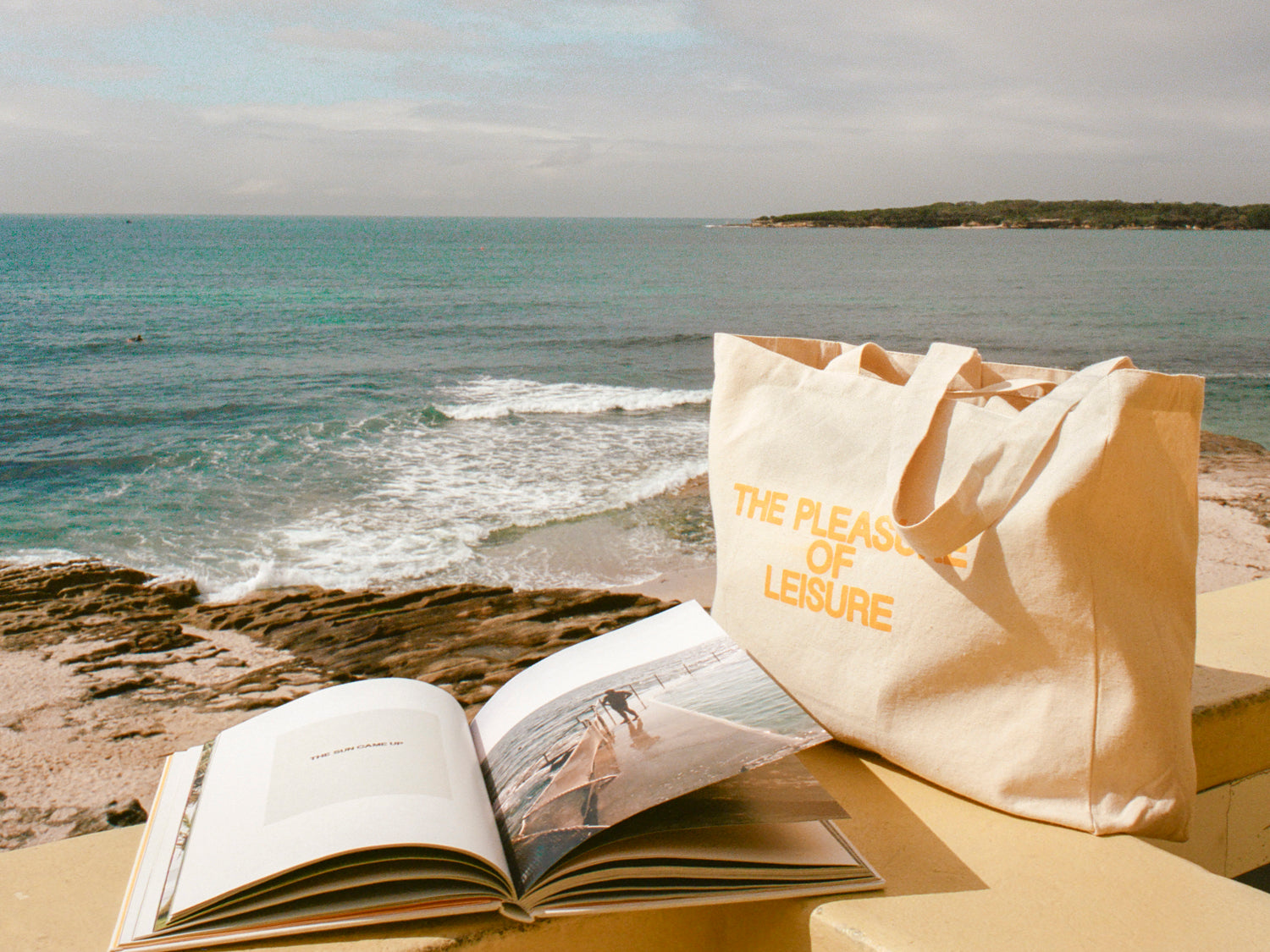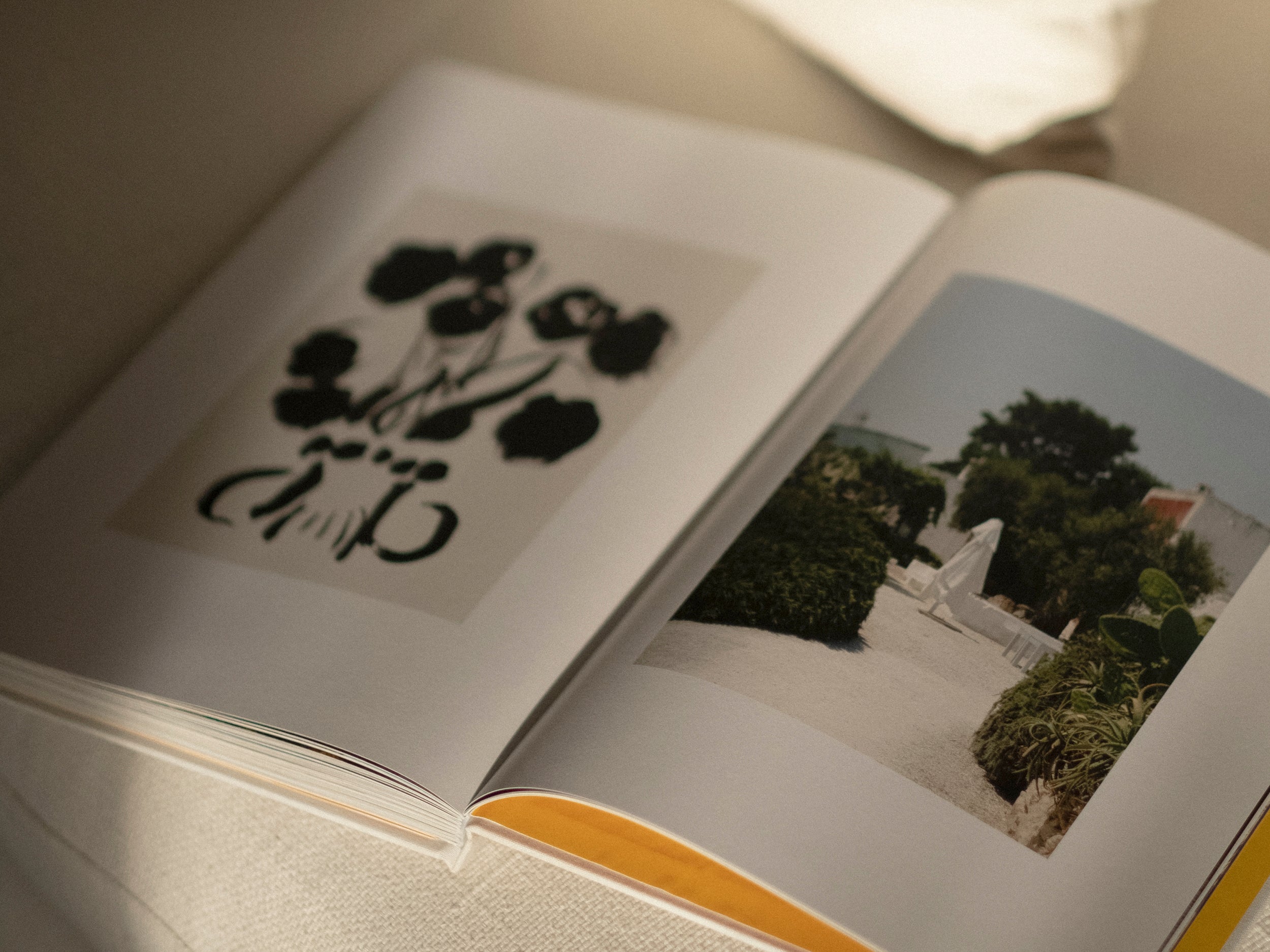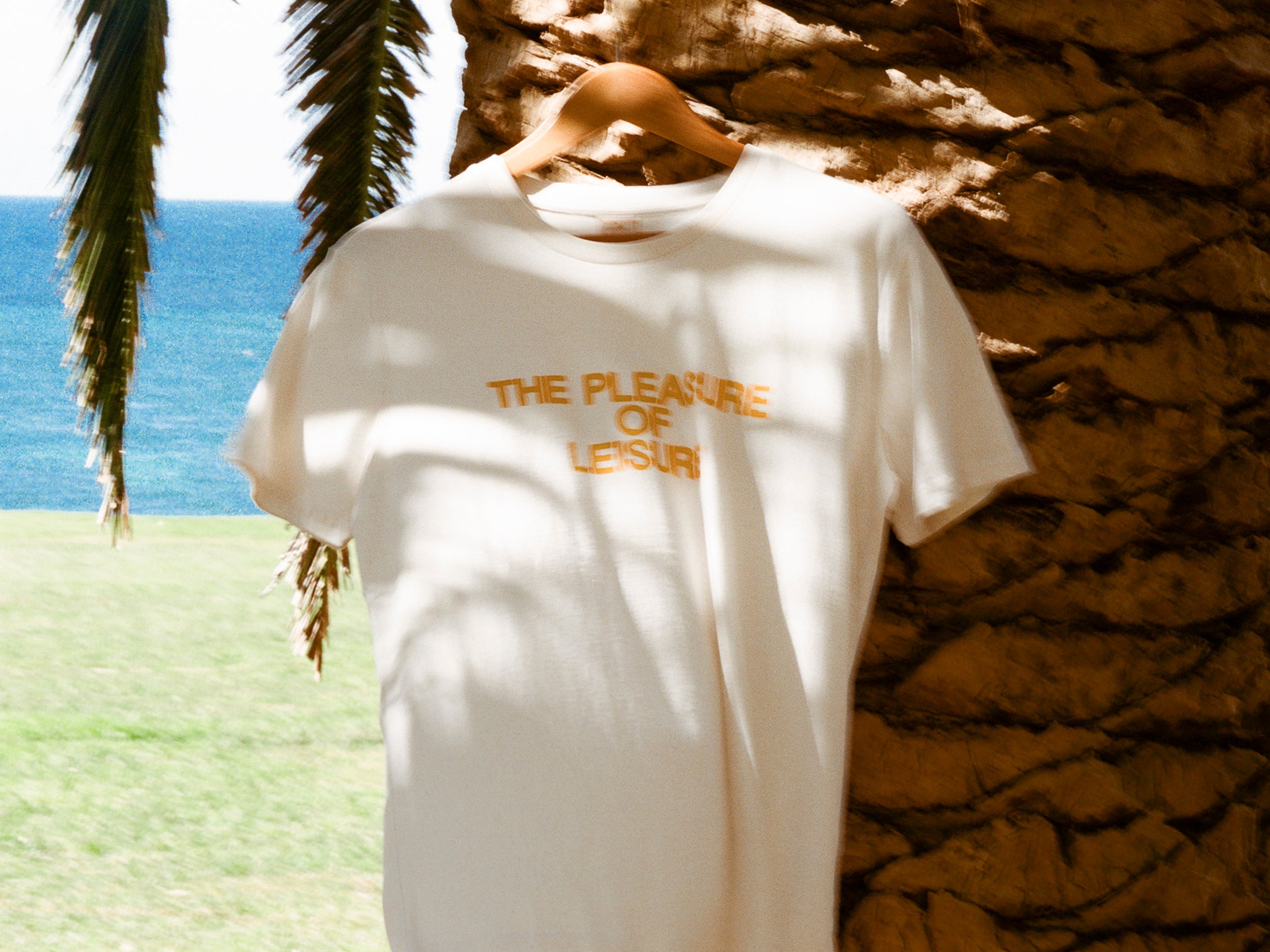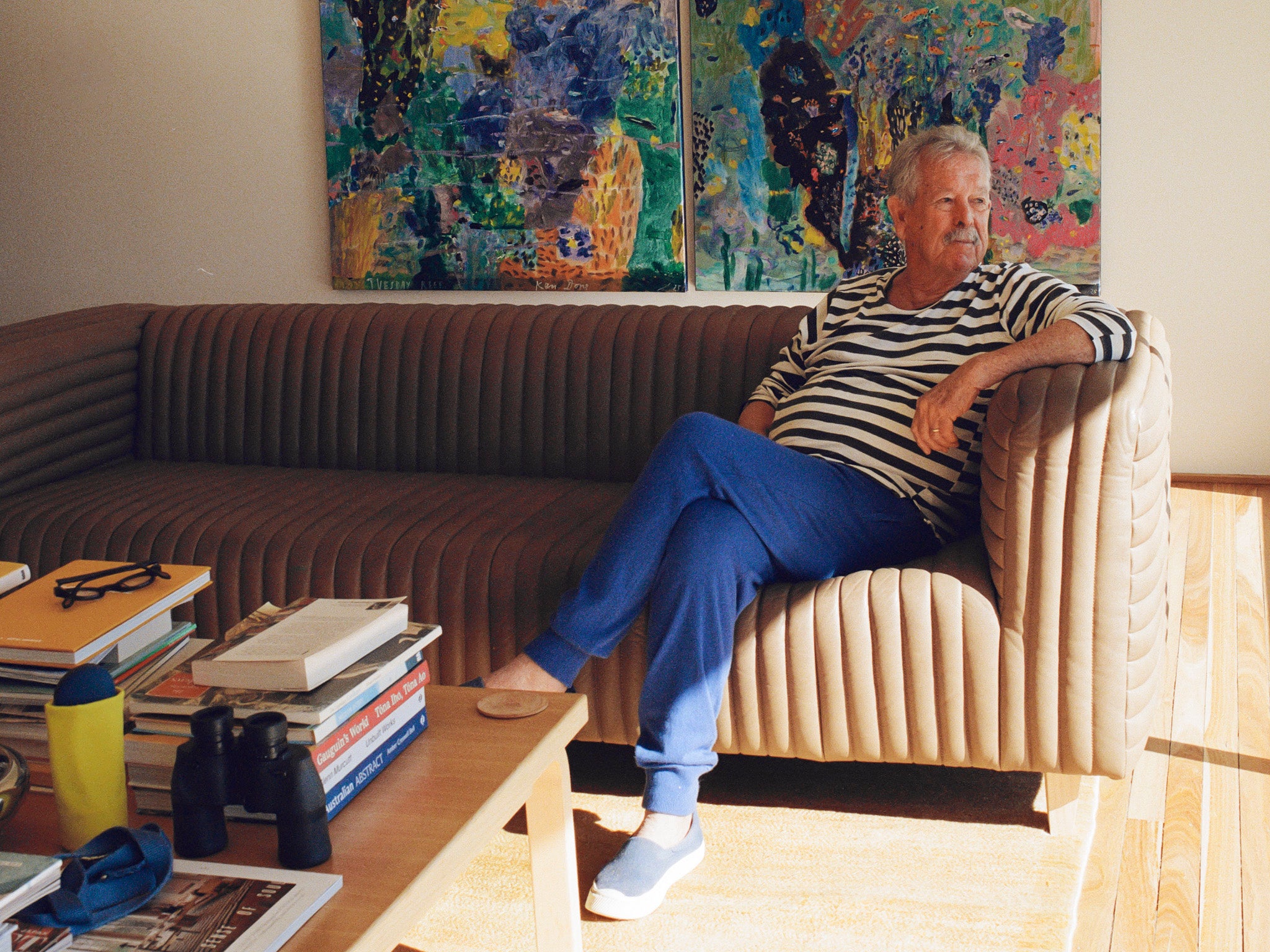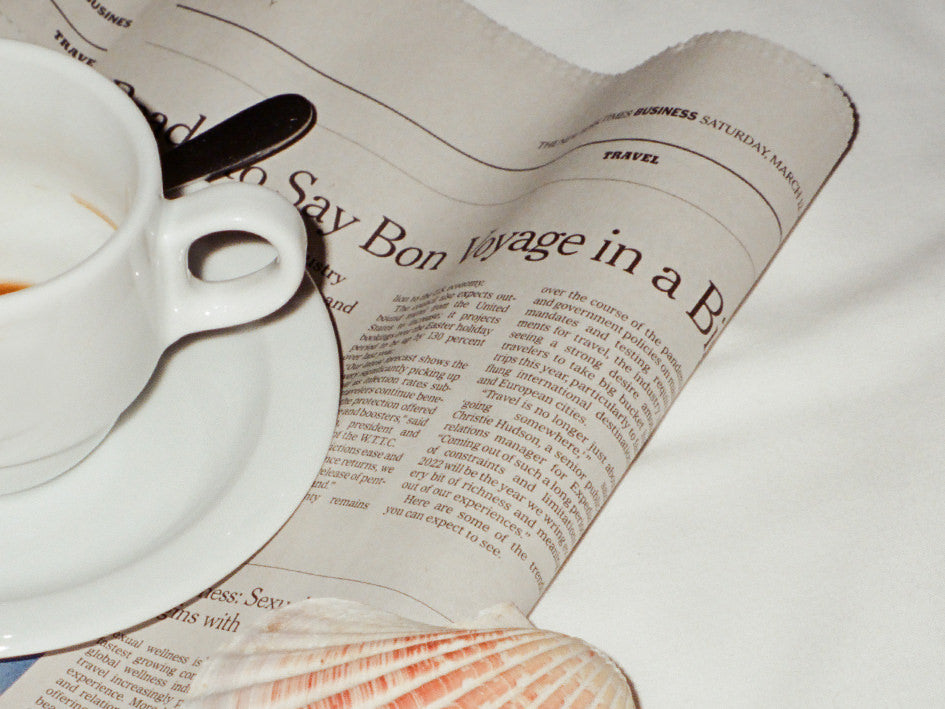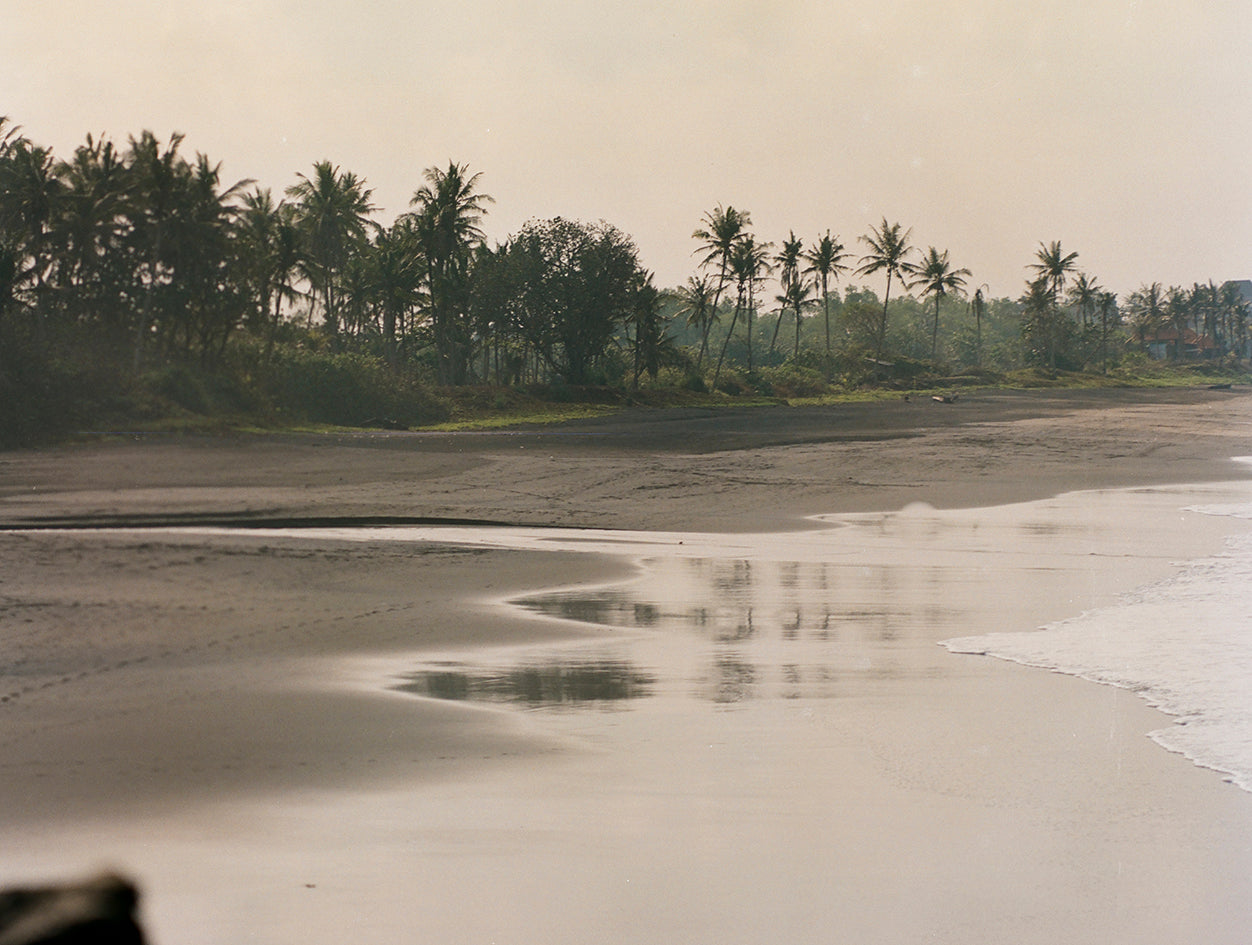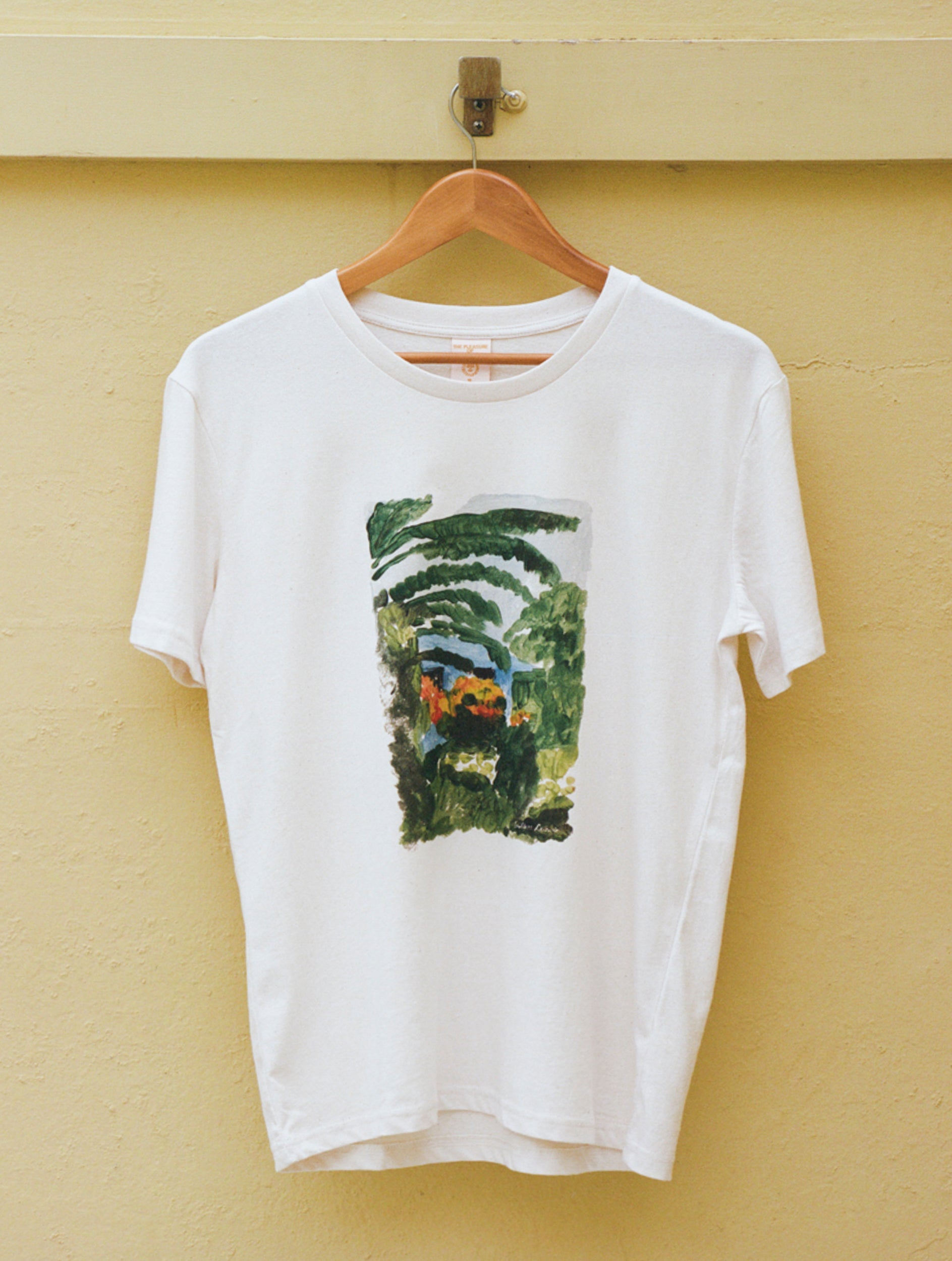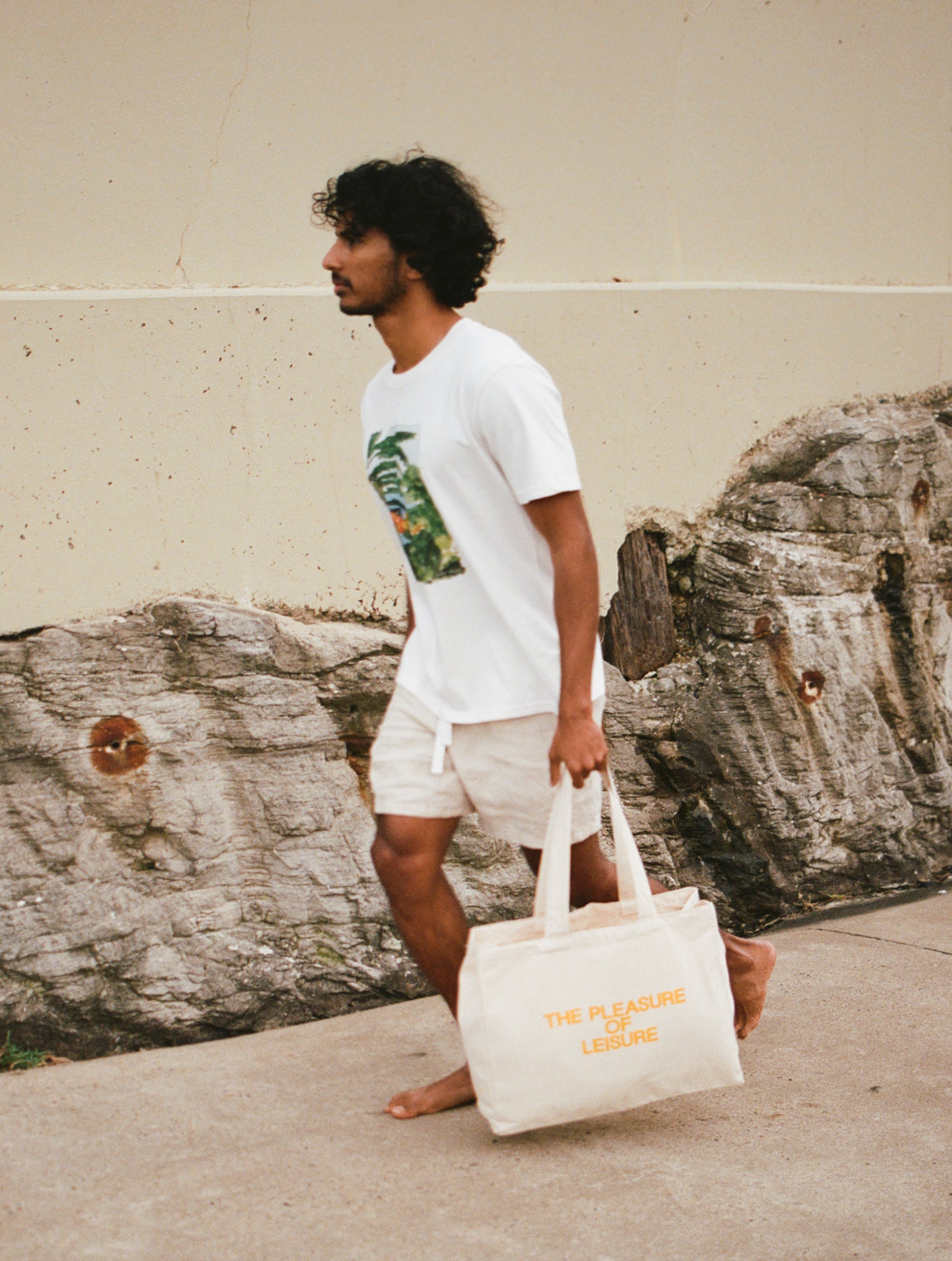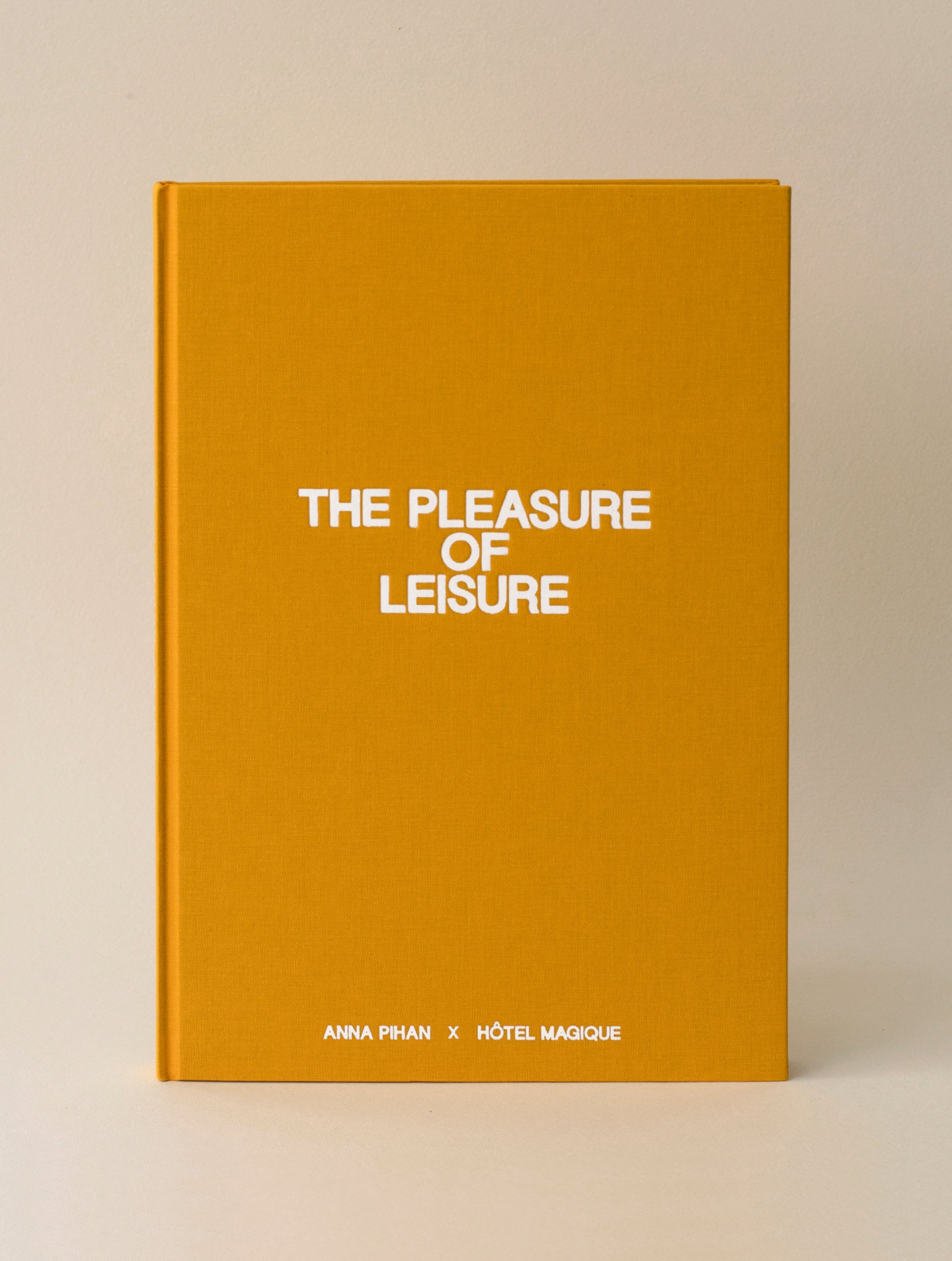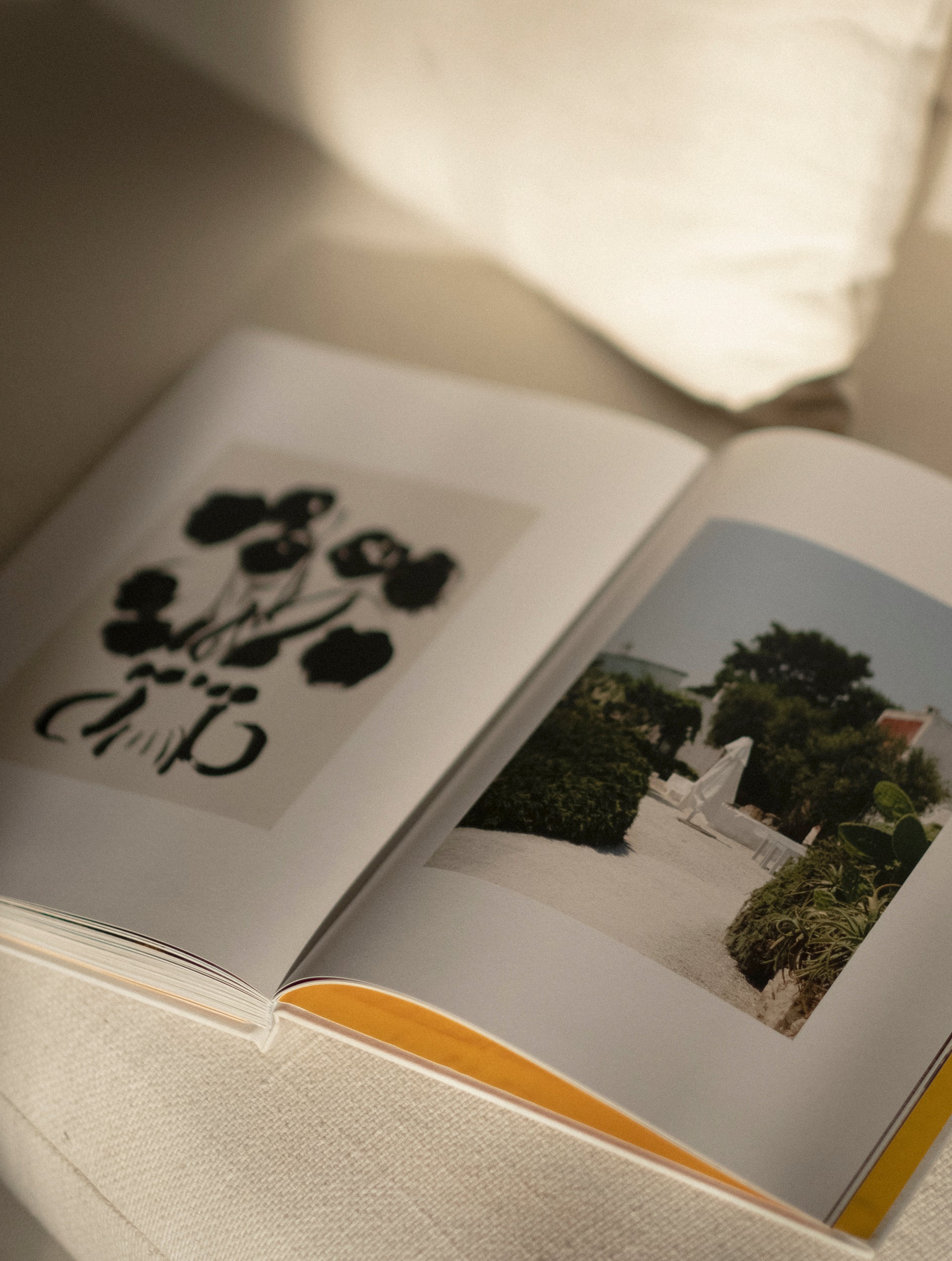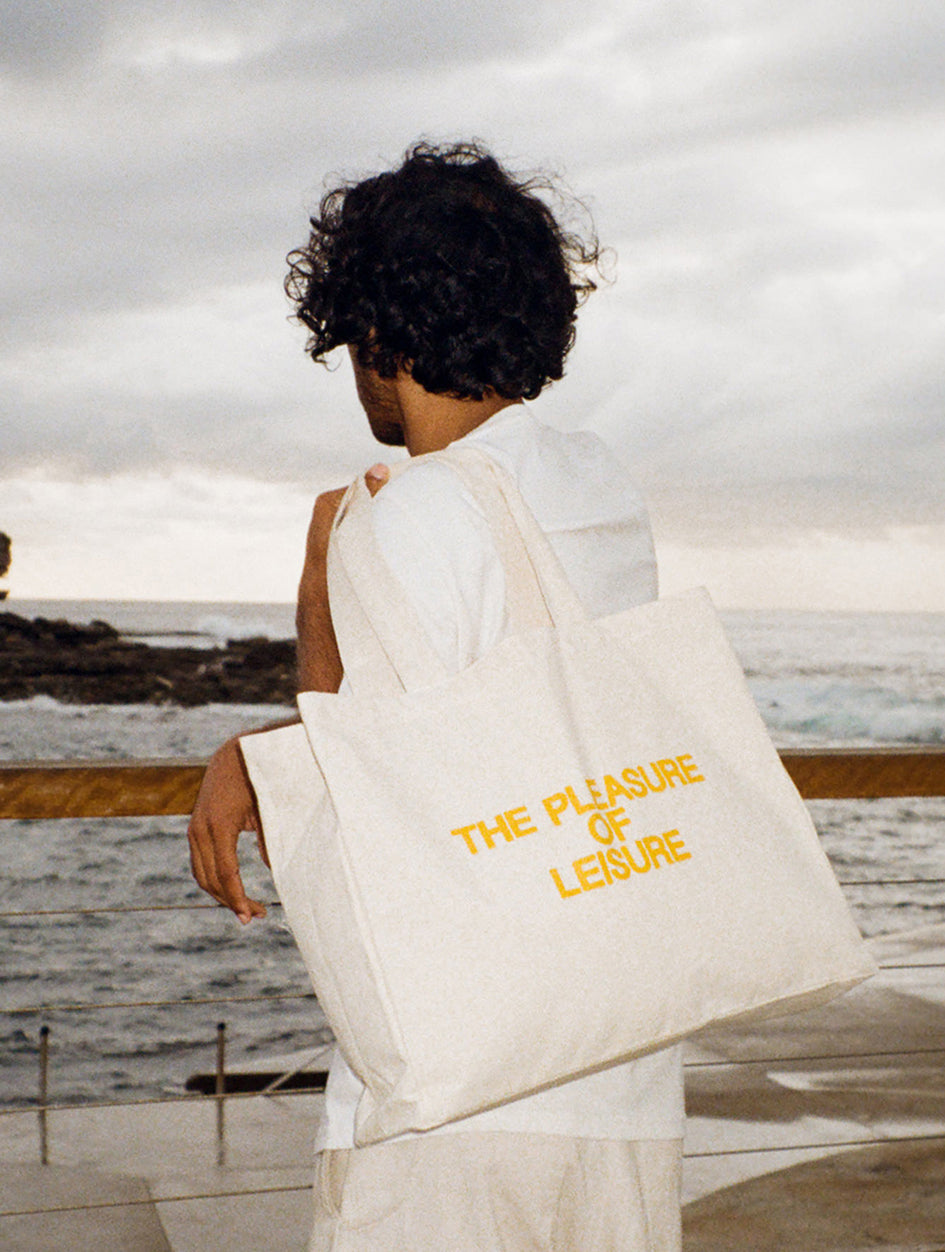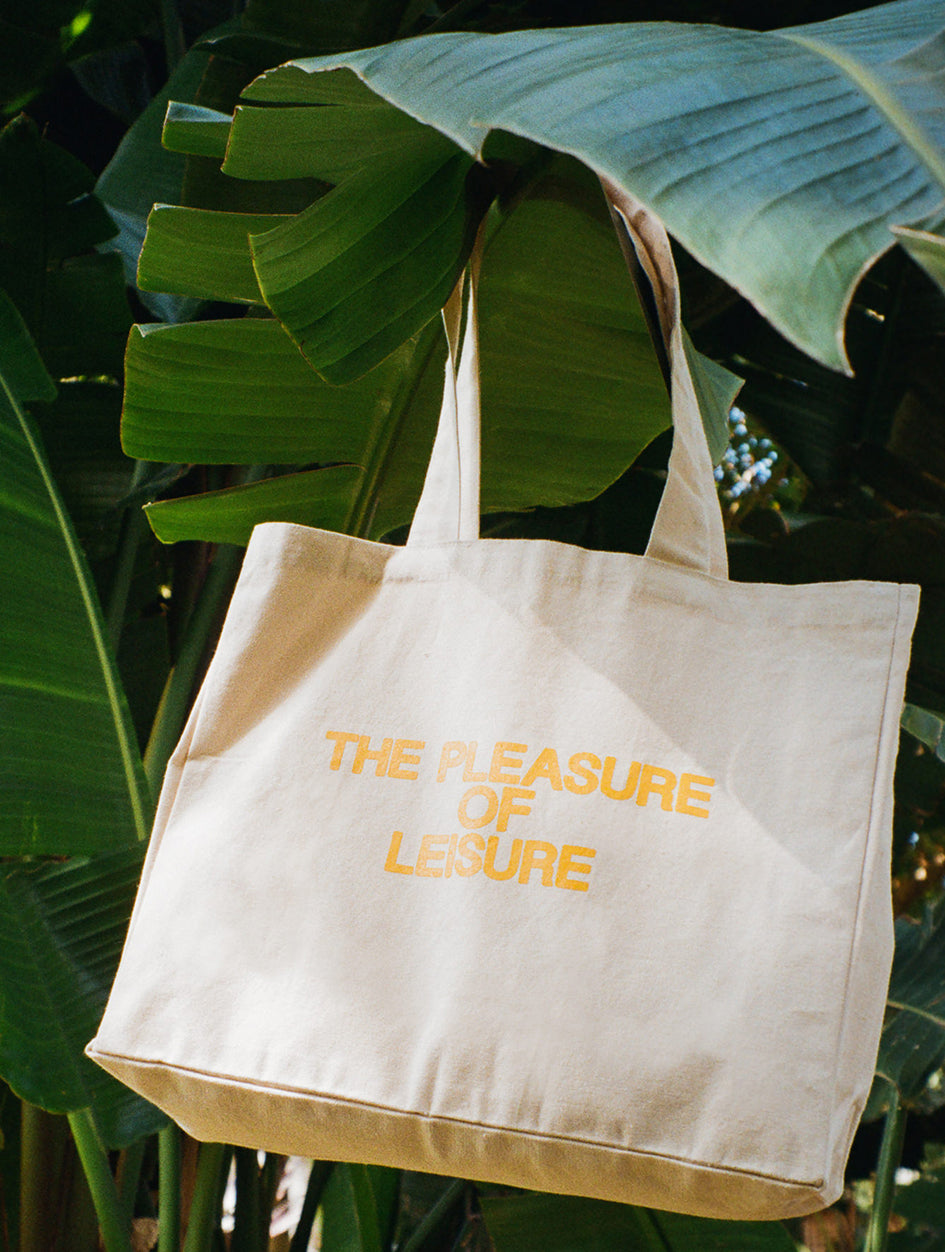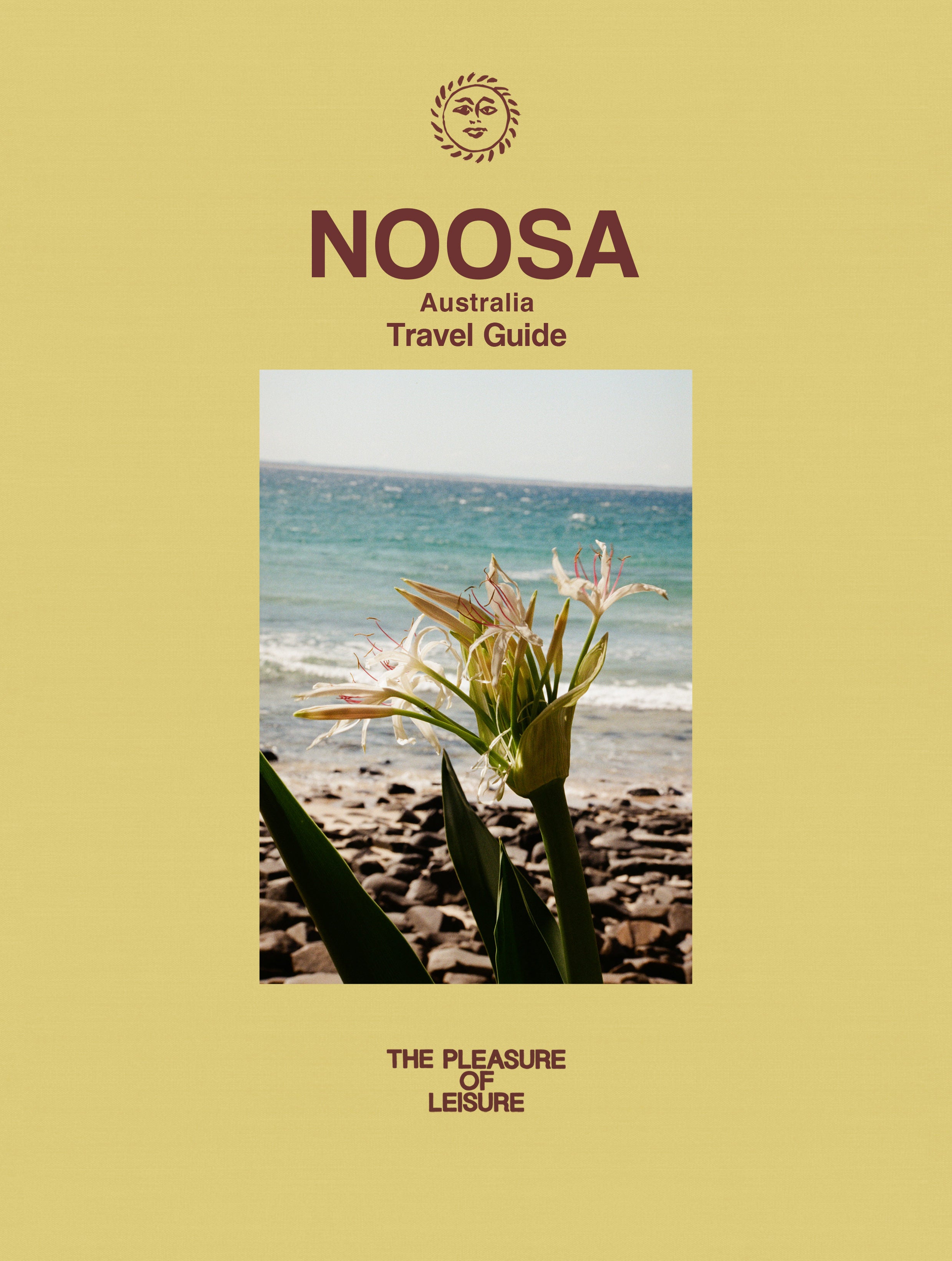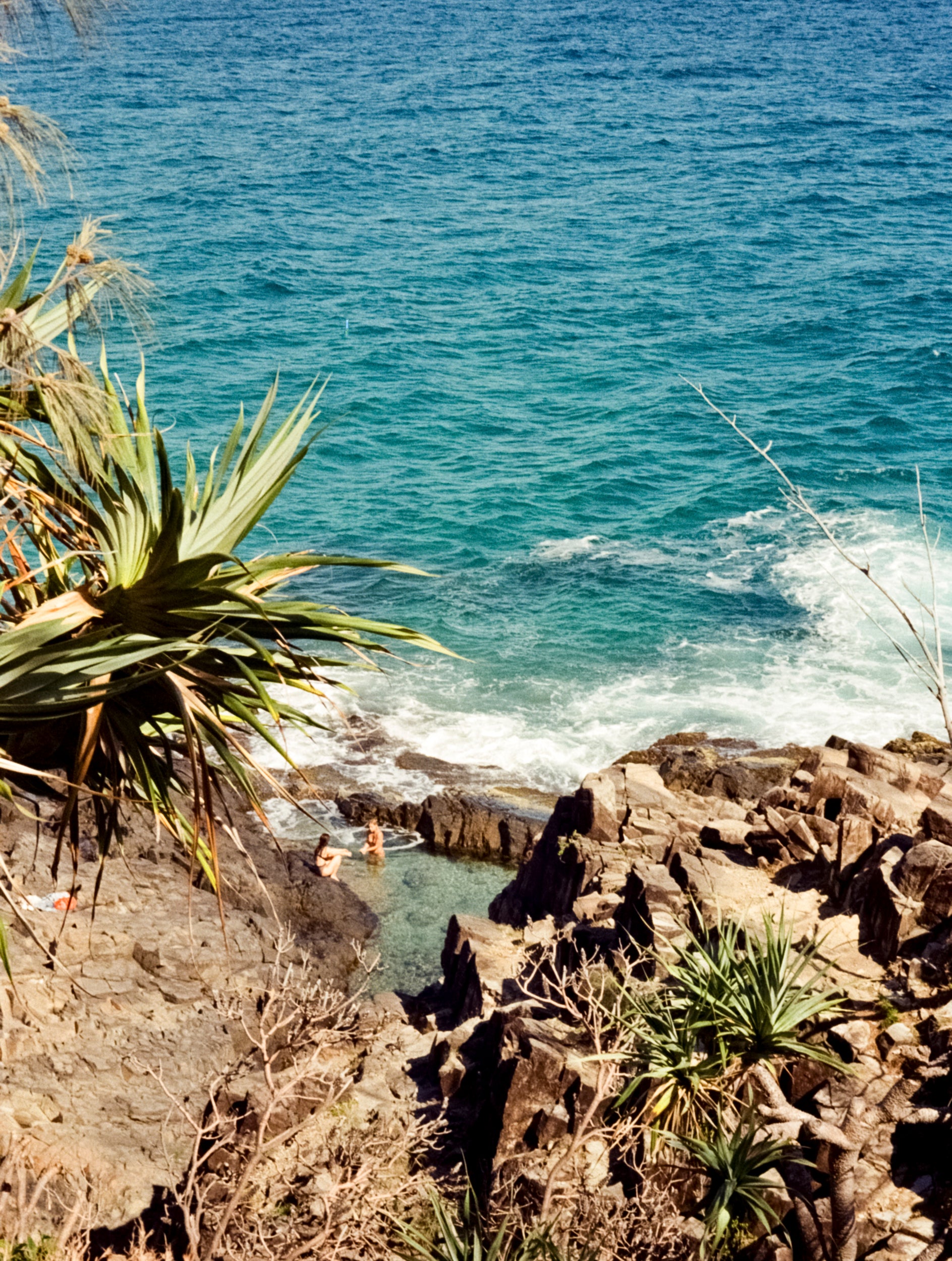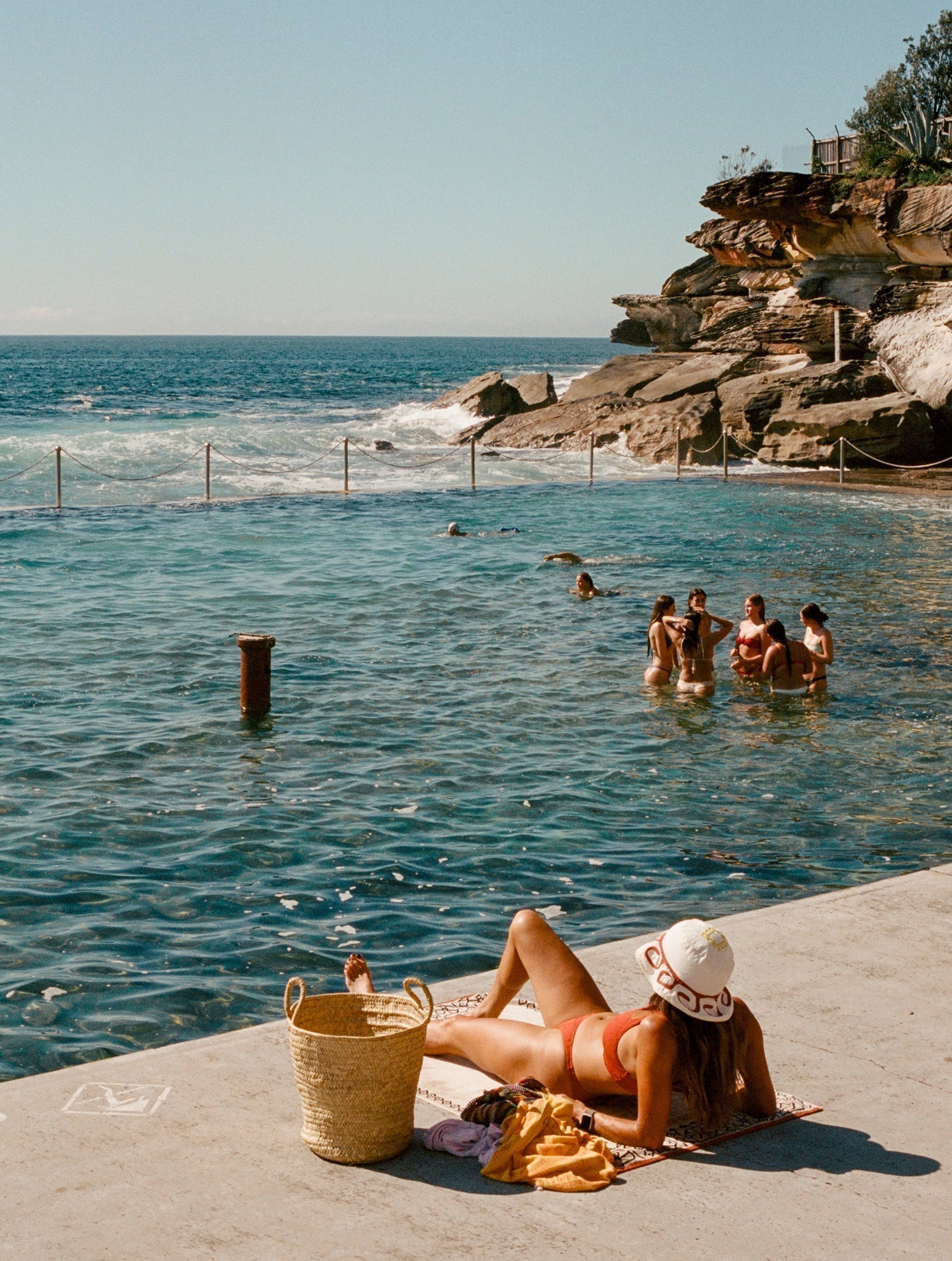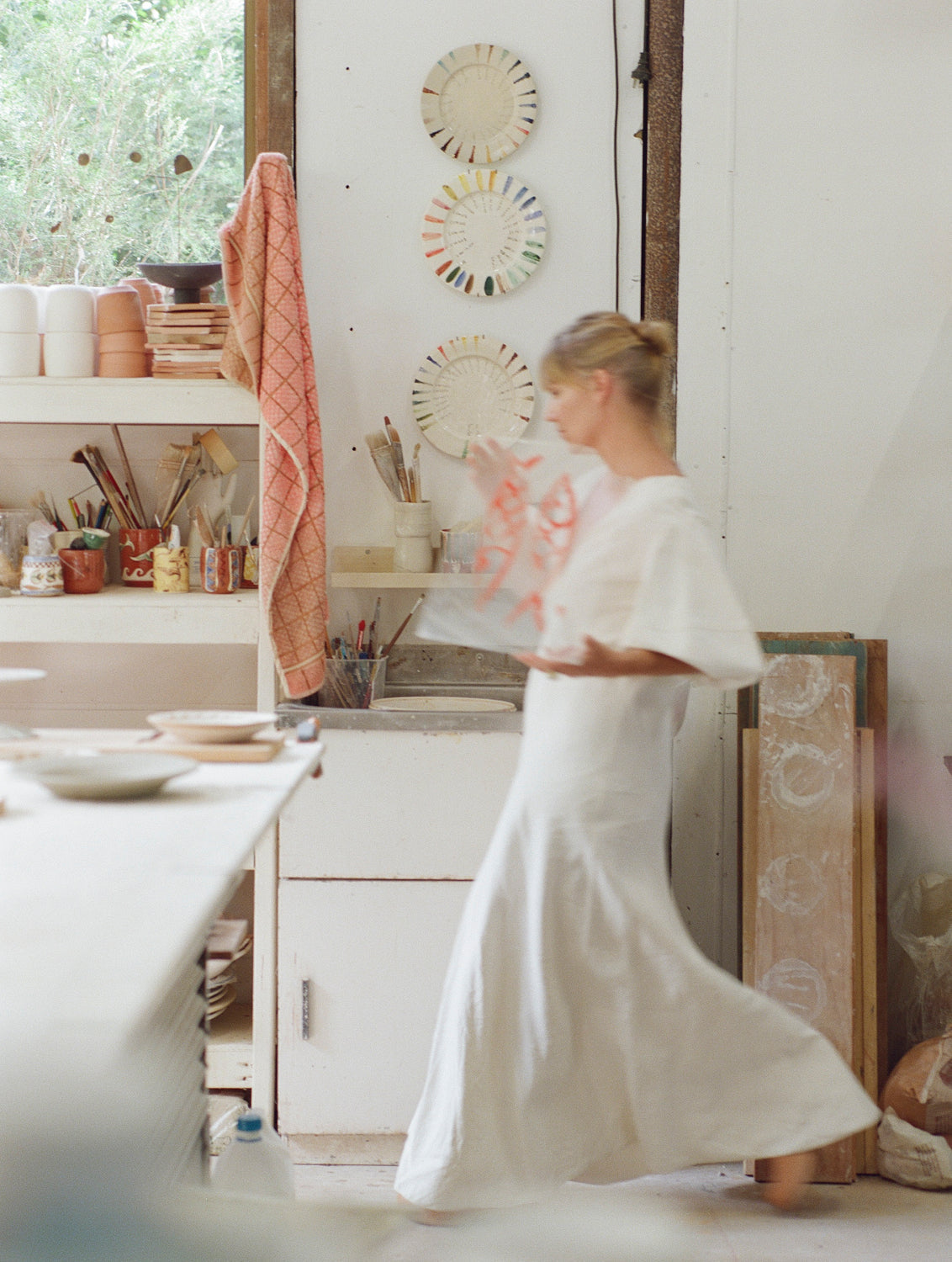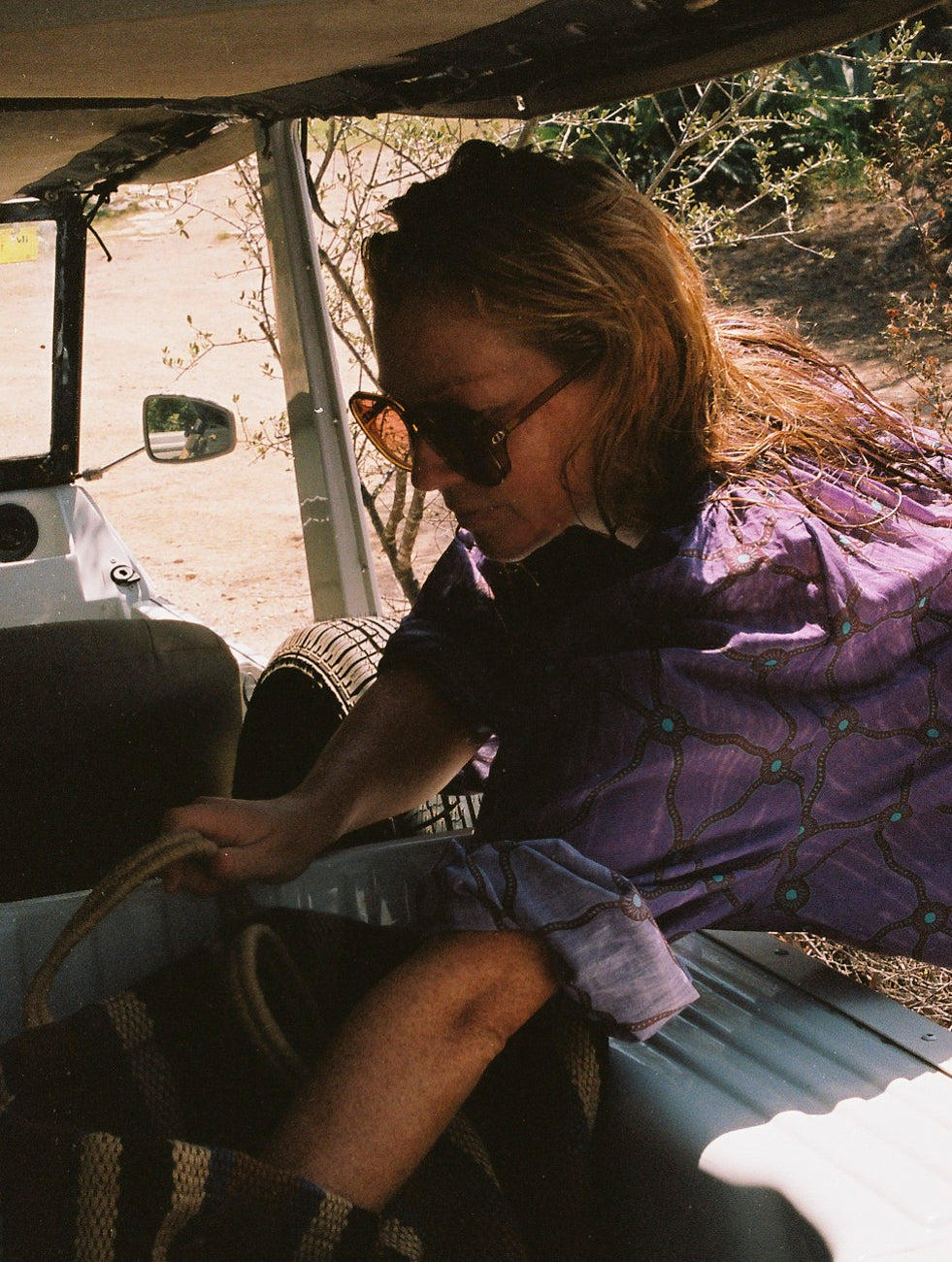Lovers of Leisure
Ken Done's Harborside Haven
Photography by Anna Pihan | Video by Gemma De Maria
We meet iconic Australian artist Ken Done at his home and studio, perched on terraced land that spills down to Sydney Harbour. From the windows, sailboats drift across the glistening water, a backdrop that has long inspired his vibrant world of colour. At 85, Ken is still painting daily, surrounded by gardens, canvases, and endless possibilities.
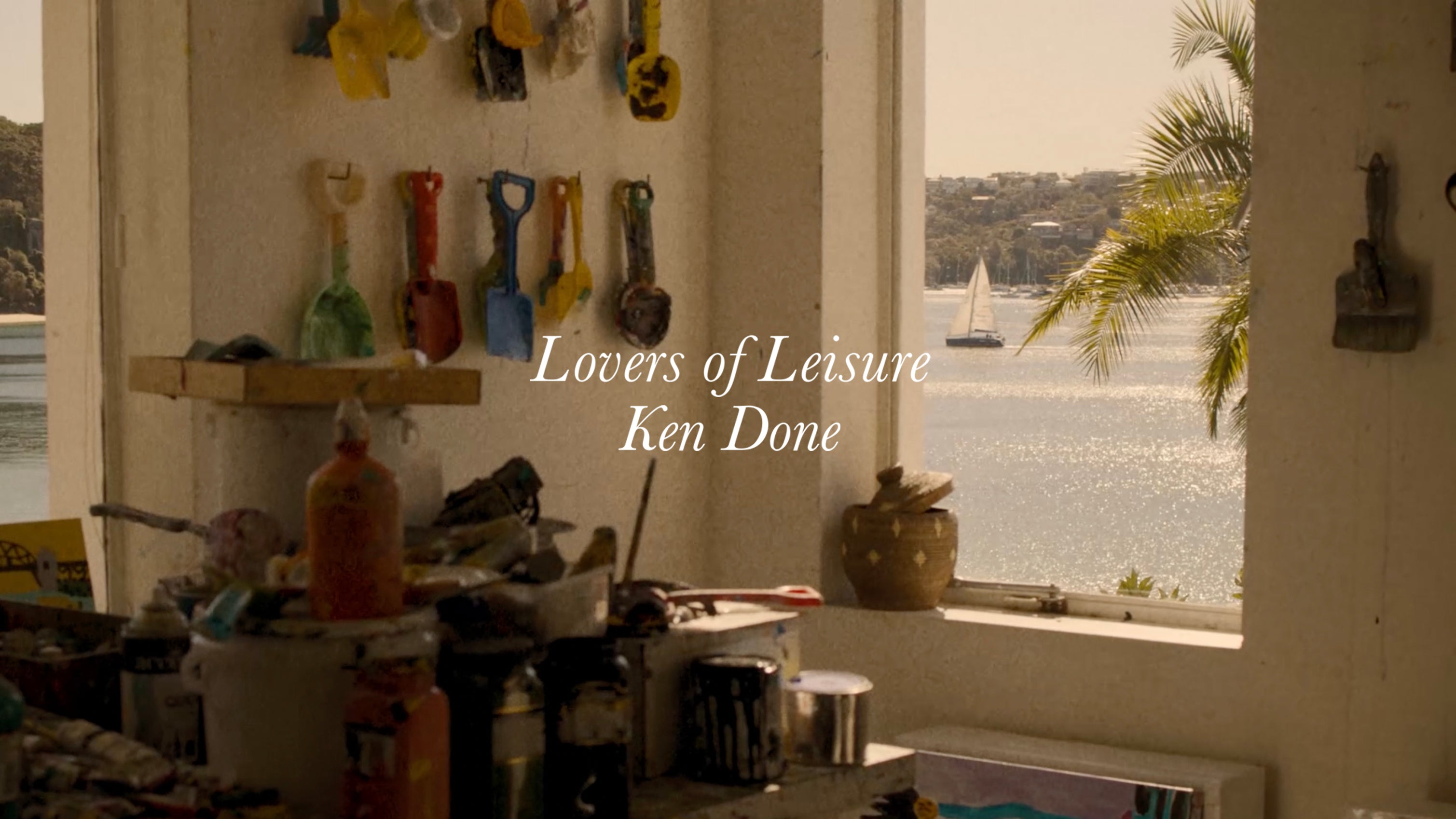
“I never try to paint what it looks like under the water. I only try to paint what it feels like under the water.”
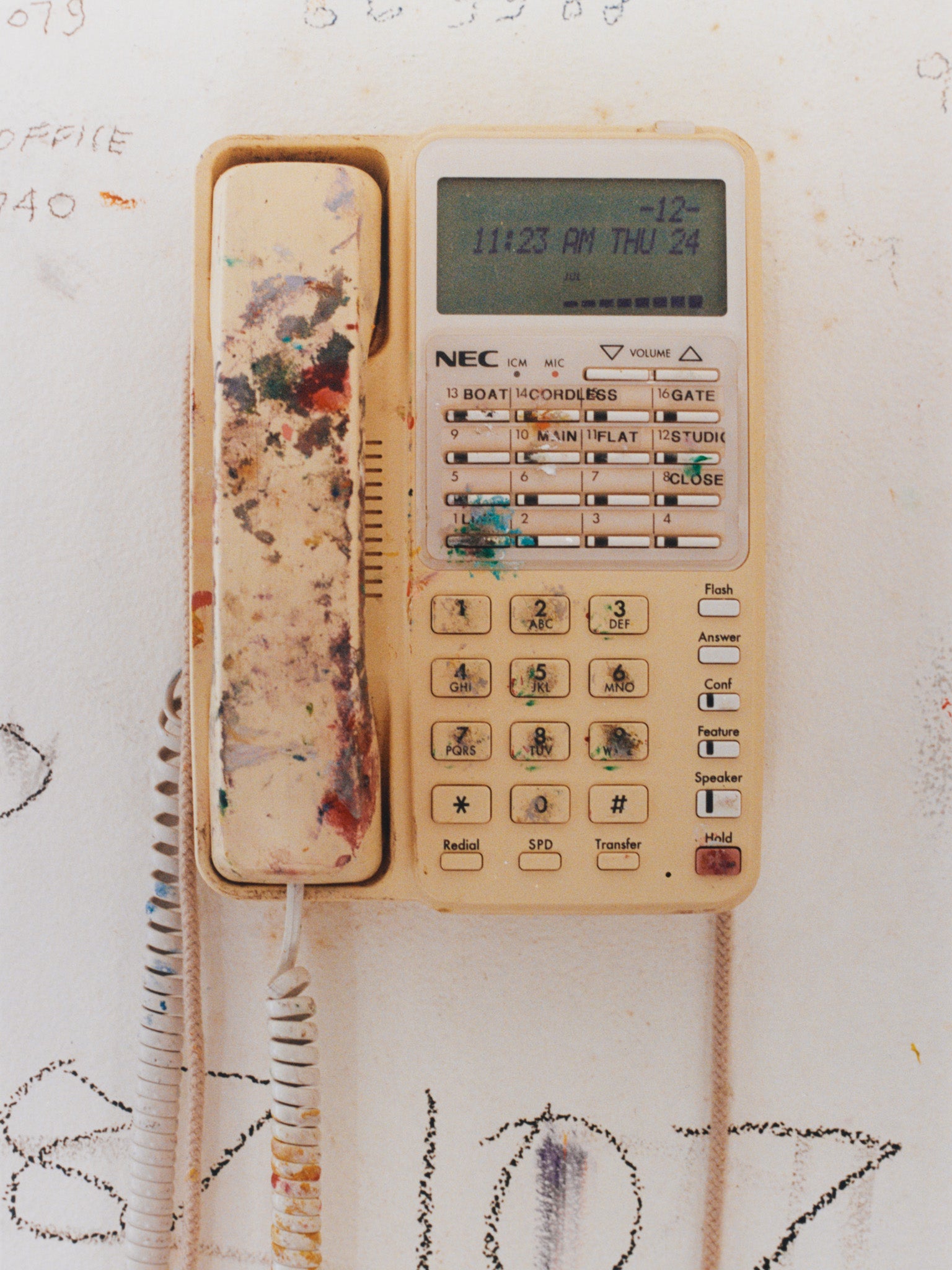
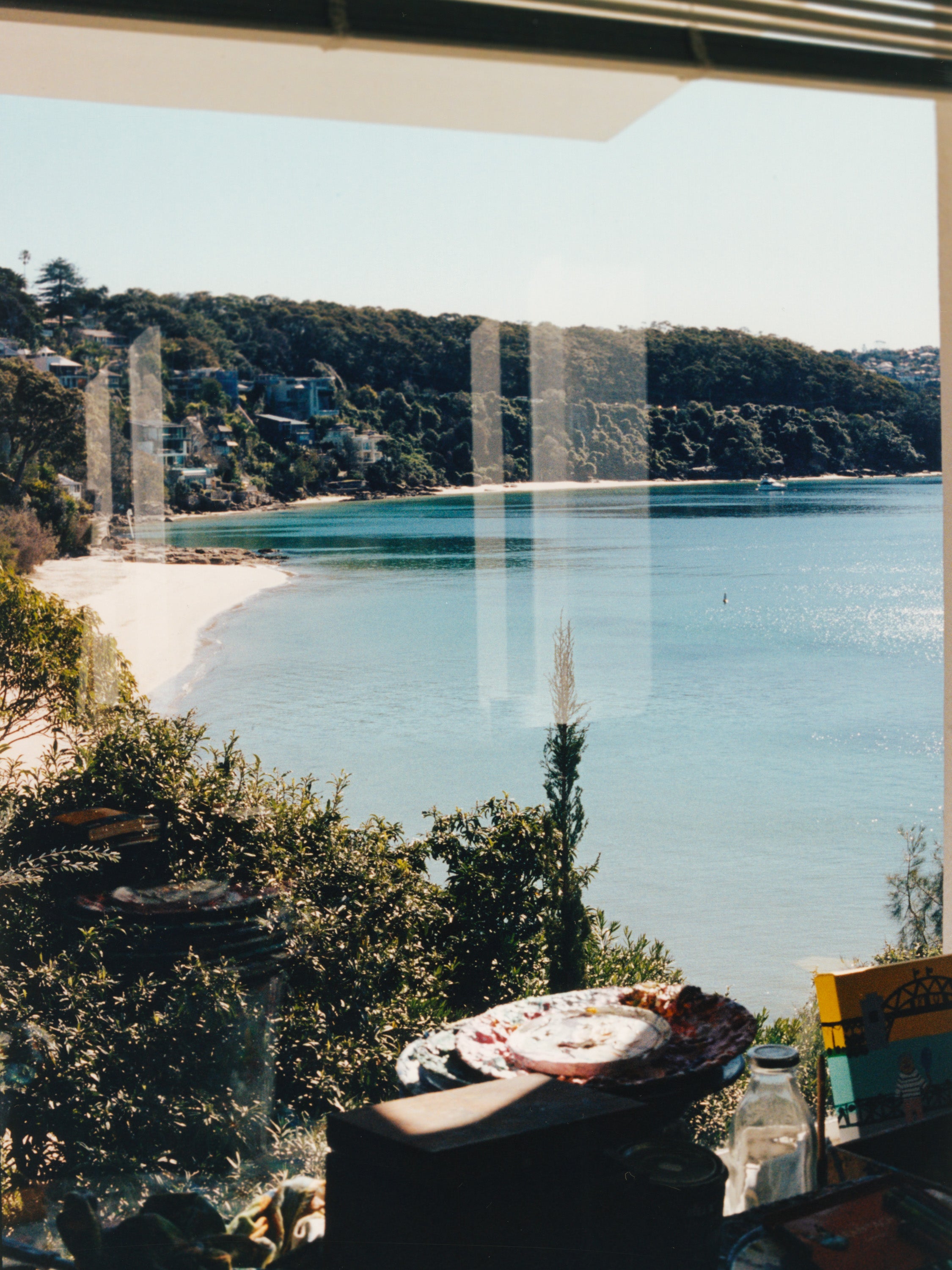
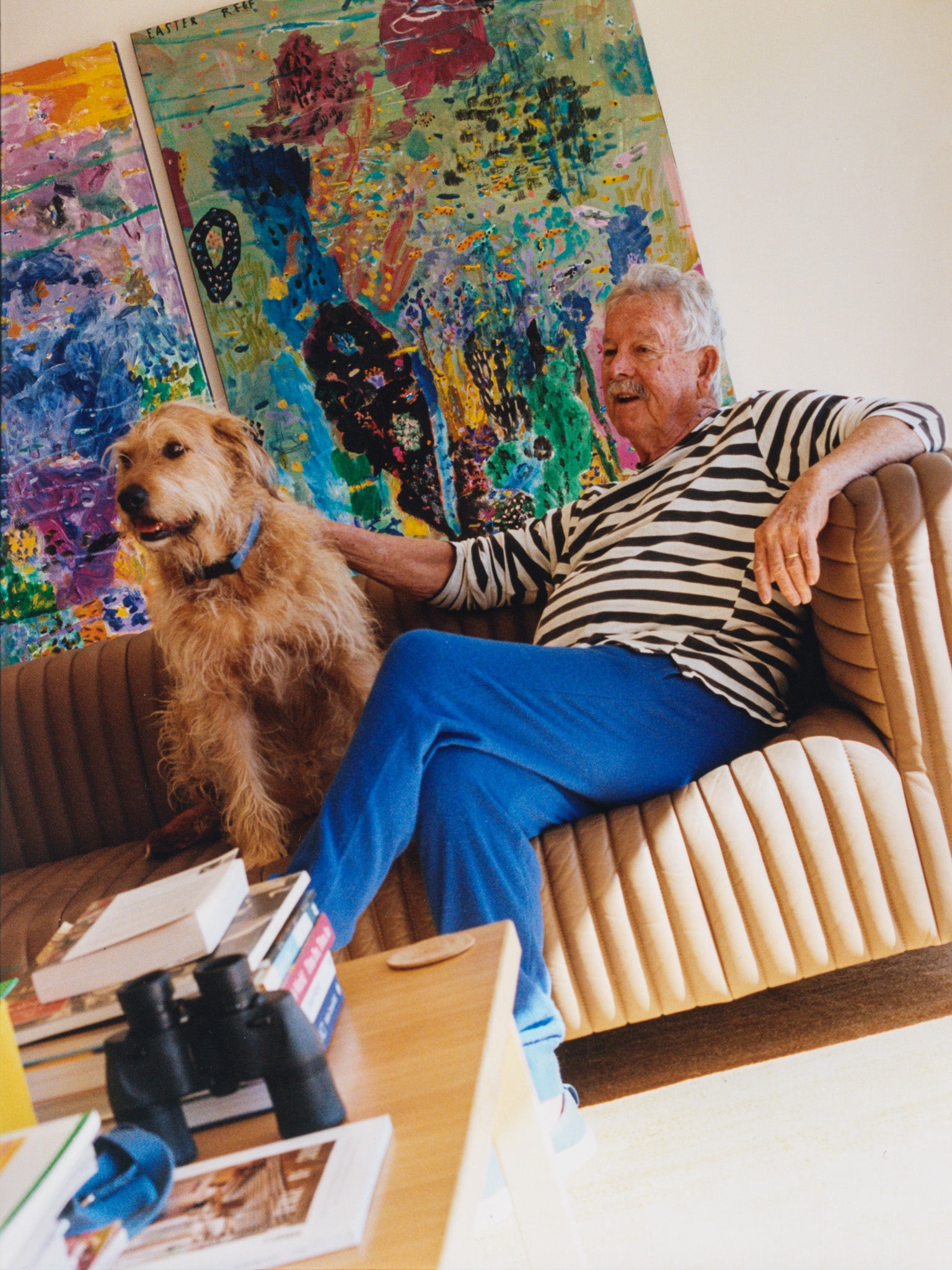
Hi Ken! Can you tell us a little about yourself?
I’m Ken Done. I’m 85 and I’m an artist. I’m still working, still painting, and hopefully producing work that will stand the test of time.
After five years of study at East Sydney Tech (now the National Art School), I began a career as an art director and designer that took me to New York, London, and Sydney. For years I worked in advertising, but I was always painting in the background.
Advertising was fast and exciting in those days. Things moved quickly, and I loved the possibilities. I remember once being asked to create some lettering. I cut out a letter, added a blotting paper texture, and ten days later it was up on a 24-sheet poster in the city. That’s how immediate it was — an idea could become something real, large, public almost overnight.
Later, I went to Japan, because I was always fascinated by both traditional and contemporary Japanese design. Our first little shop in Sydney Harbour had a lot of young Japanese girls as customers, and they would take our bags back to Tokyo. A publisher noticed, and soon after I was asked to design the logo and the cover for a new magazine, Hanako. I agreed, and my artwork appeared on that cover every week for 13 years.
It meant I became very well known in Japan. People still remember that magazine, and they still use the logo. But I don't think there would be another artist in the world who had their work on the cover of a magazine every week for 13 years. It was extraordinary — a huge circulation, part of everyday life in Tokyo, and it led to so many opportunities for exhibitions and collaborations there. It also gave me an insight into the Japanese attitude to art appreciation — they valued it, they lived with it, they made it part of their routine.
At the age of 40, I gave it up and became a full-time painter. Through my paintings, I’ve been fortunate to create a business that promotes Australian art and design worldwide. I’ve also been involved in charitable work, especially supporting underprivileged children, and I served as a UNICEF Goodwill Ambassador for over 35 years. In 1992, I received the Order of Australia for services to Art, Design, and Tourism. In many ways, I hope my work has come to symbolise Australia — creative, bold, and optimistic.
“You’re painting for yourself and you should be fearless. You should be fearless because there are no rules.”
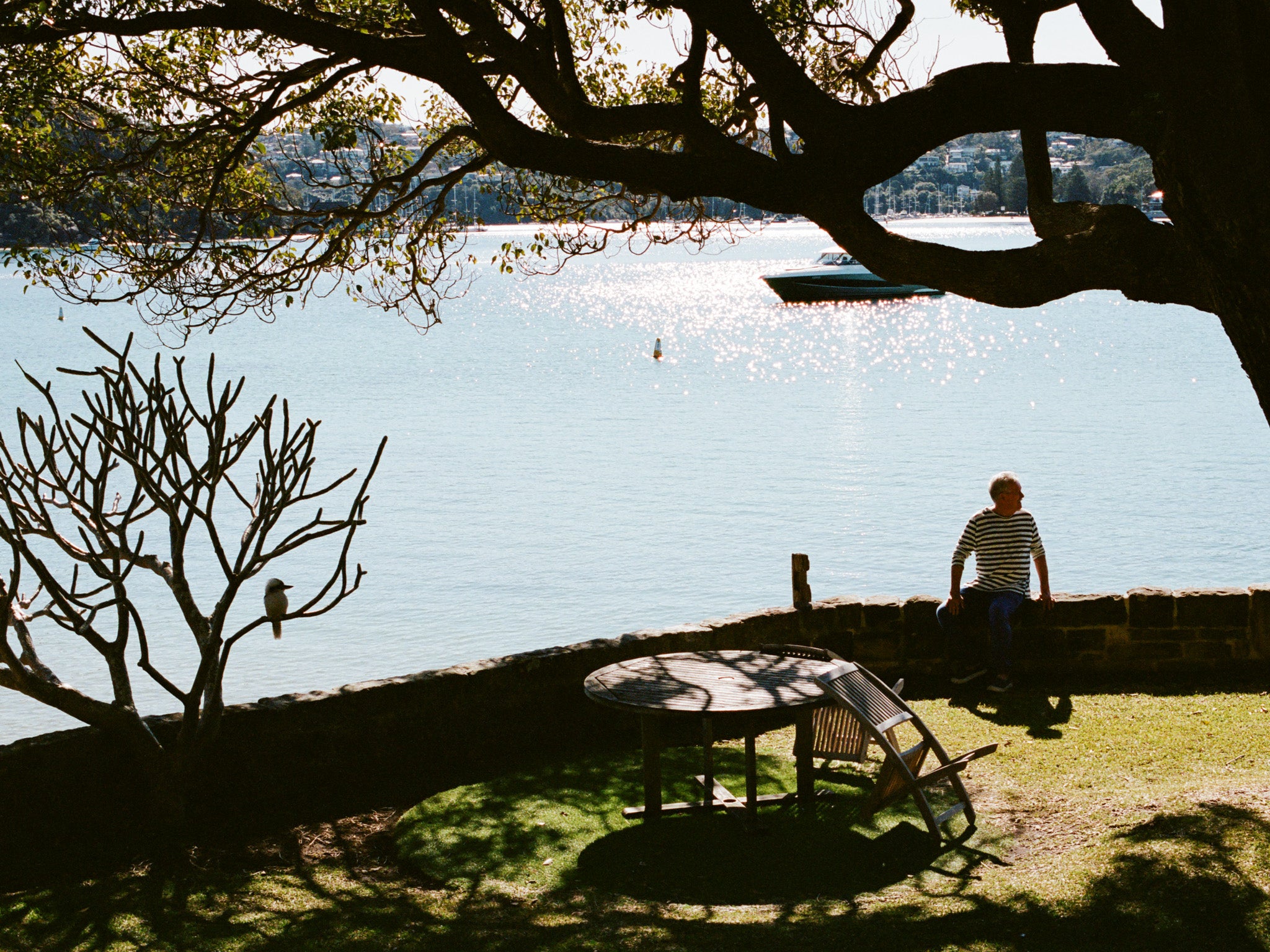
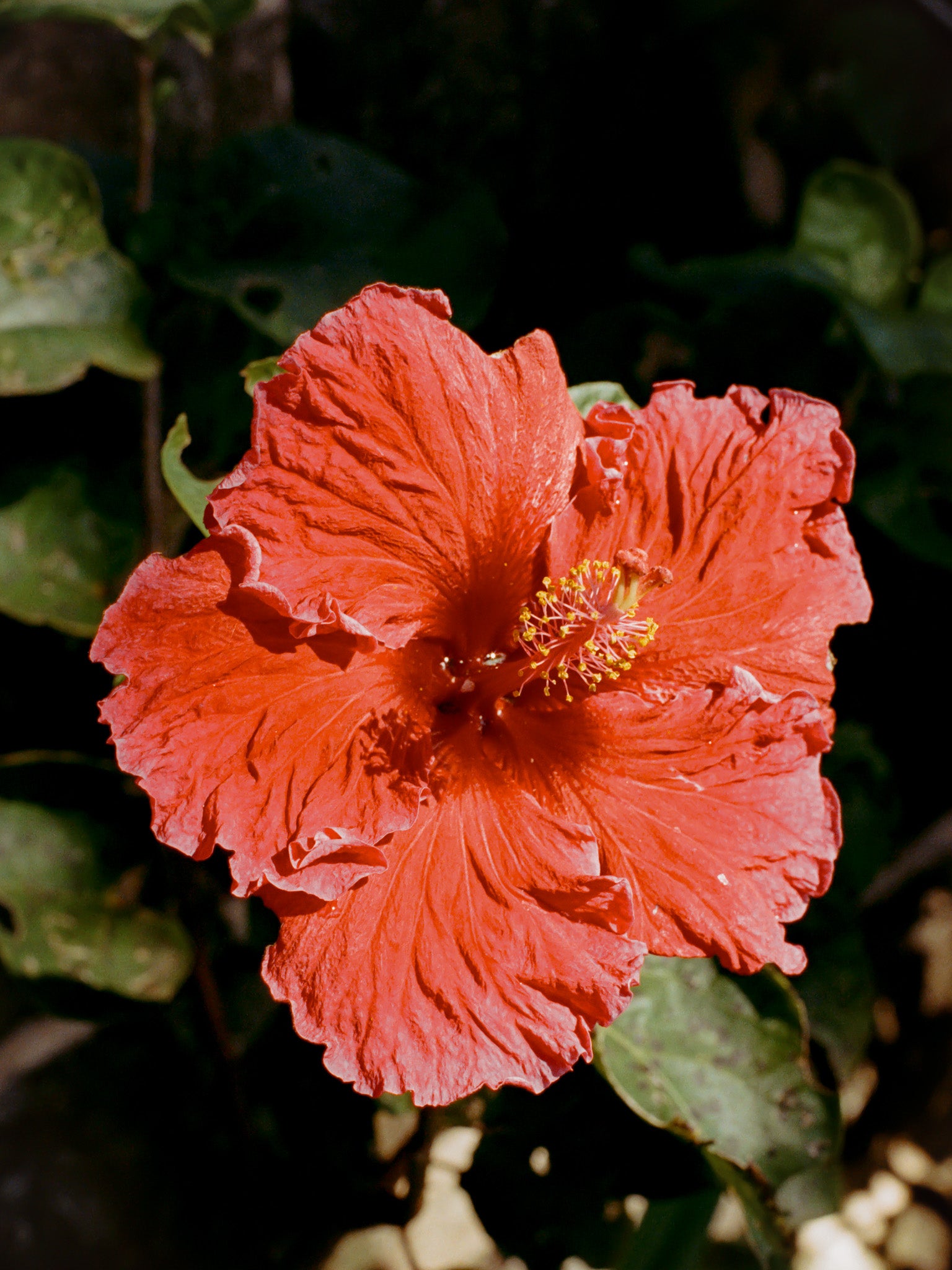
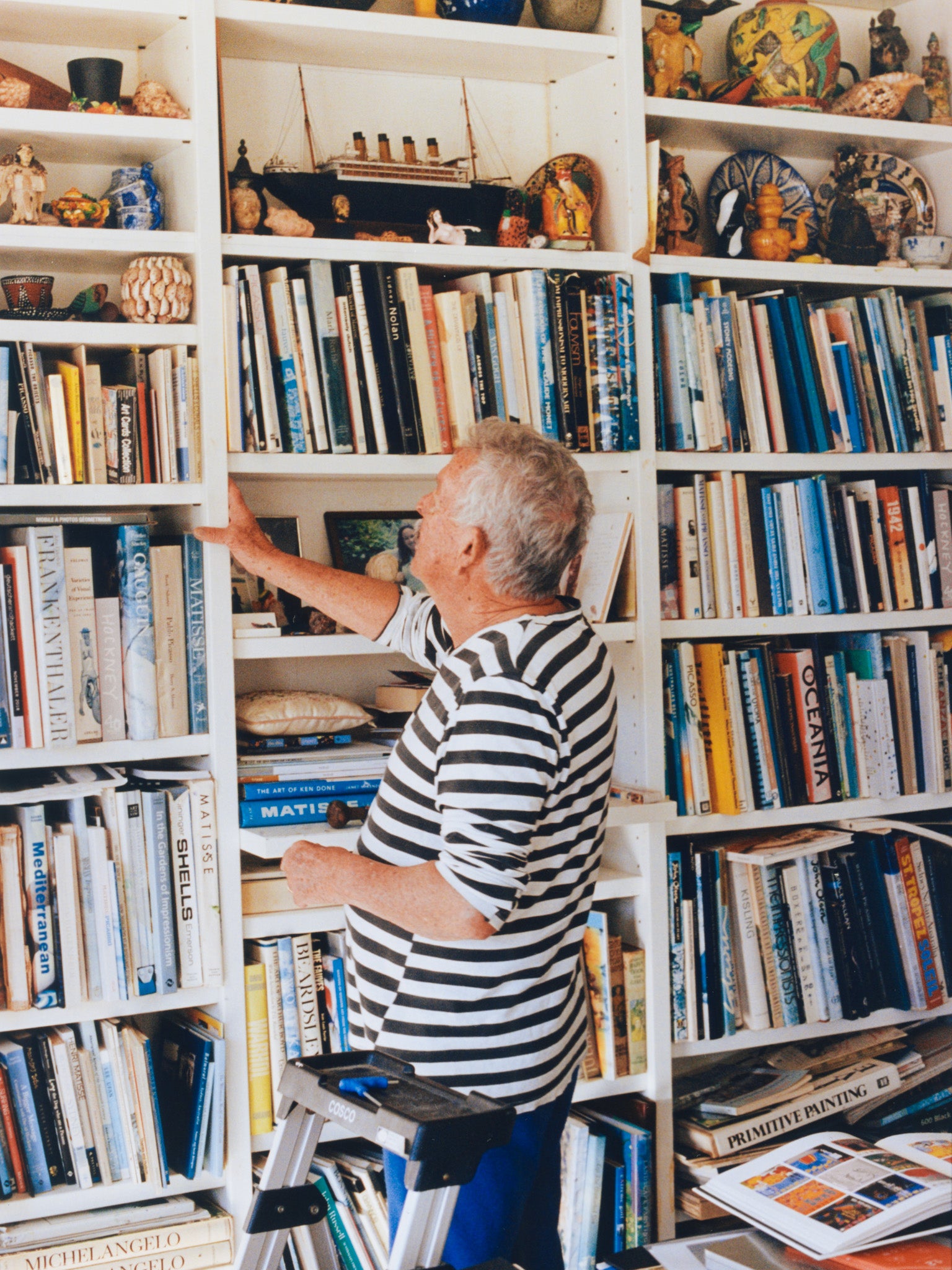
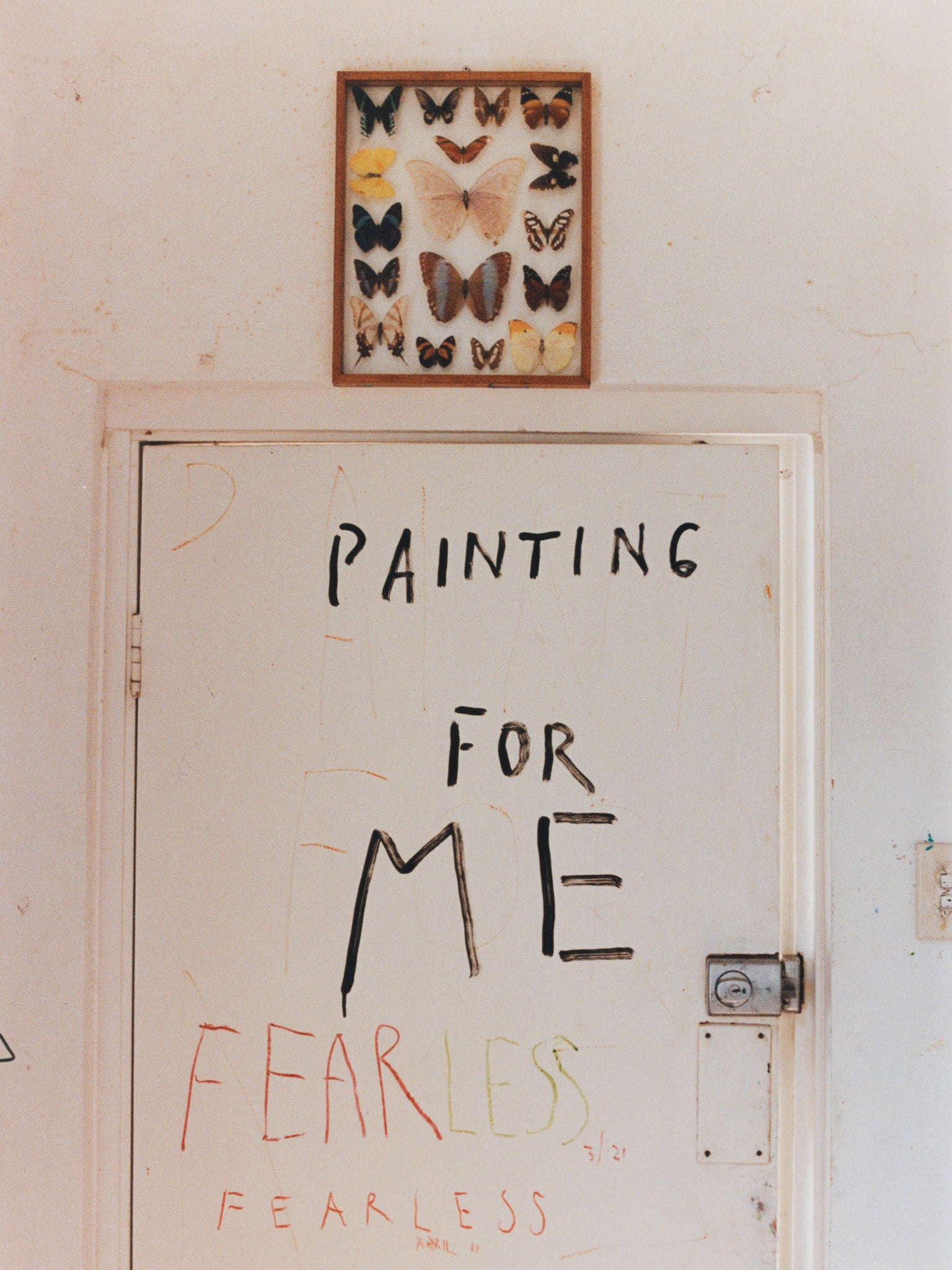
It seemed like such a wild and free childhood with your mother always encouraging you to paint –– was she also into painting, or what sparked her encouragement?
Look, a boy's best friend is his mother. My mother was very, very encouraging with what I did. We lived after the war, the Second World War. We lived in McLean, on the Clarence River. The Mighty Clarence. And we lived on the flat, which meant that every couple of years we were flooded, which these little boys thought was a fantastic experience as you didn't have to go to school, even though your house is full of flood mud.
I always used drawings as a form of communication. If she'd ask me what the party was like, I would have a little drawing of it.
I once saw a jar of passionfruit and something else, a jam. I thought my mother would love that! It was two shillings. I didn't have any money at all, but I found out that there was a competition for you and your pet. I had a dog, Peter, it was a brown and white. He'd been lying in the mud, and the color of his coat was pretty much like the color of what I was wearing. So I said to the people with the jam: "hold the jam, I'll go and get the money." And so I went into this little parade. I got second place, two shillings, went back to buy the jam.
Your work often feels joyful and optimistic. Is this an intentional part of your practice, or does it naturally come through?
Most of the time, I am optimistic and happy. The times I’m not, I rarely paint. You've just got to remind yourself that that’s what you’re doing. You’re painting for yourself and you should be fearless. You should be fearless because there are no rules. If there’s any mantra, it should be: ‘no rules’. In fact, I’ve got a big exhibition in Queensland at the moment which is called Ken Done: No Rules.
I’m not as good as a five-year-old, but I’m better than an eight-year-old. Five-year-olds are unbeatable because they’re fearless. If they want to put an arm coming out of the top of a head — well, of course, no problem at all. It’s only when you’re eight that you start thinking, ‘No, the arm should come out of the shoulder.’ So I’m working all the time to be as loose, as free, and as good as a five-year-old.
The most wonderful thing for me is starting a painting. I love to start, but find it very hard to finish. Sometimes, I’ll pull one out and either paint over it or find a way of getting into it. It’s always a journey.
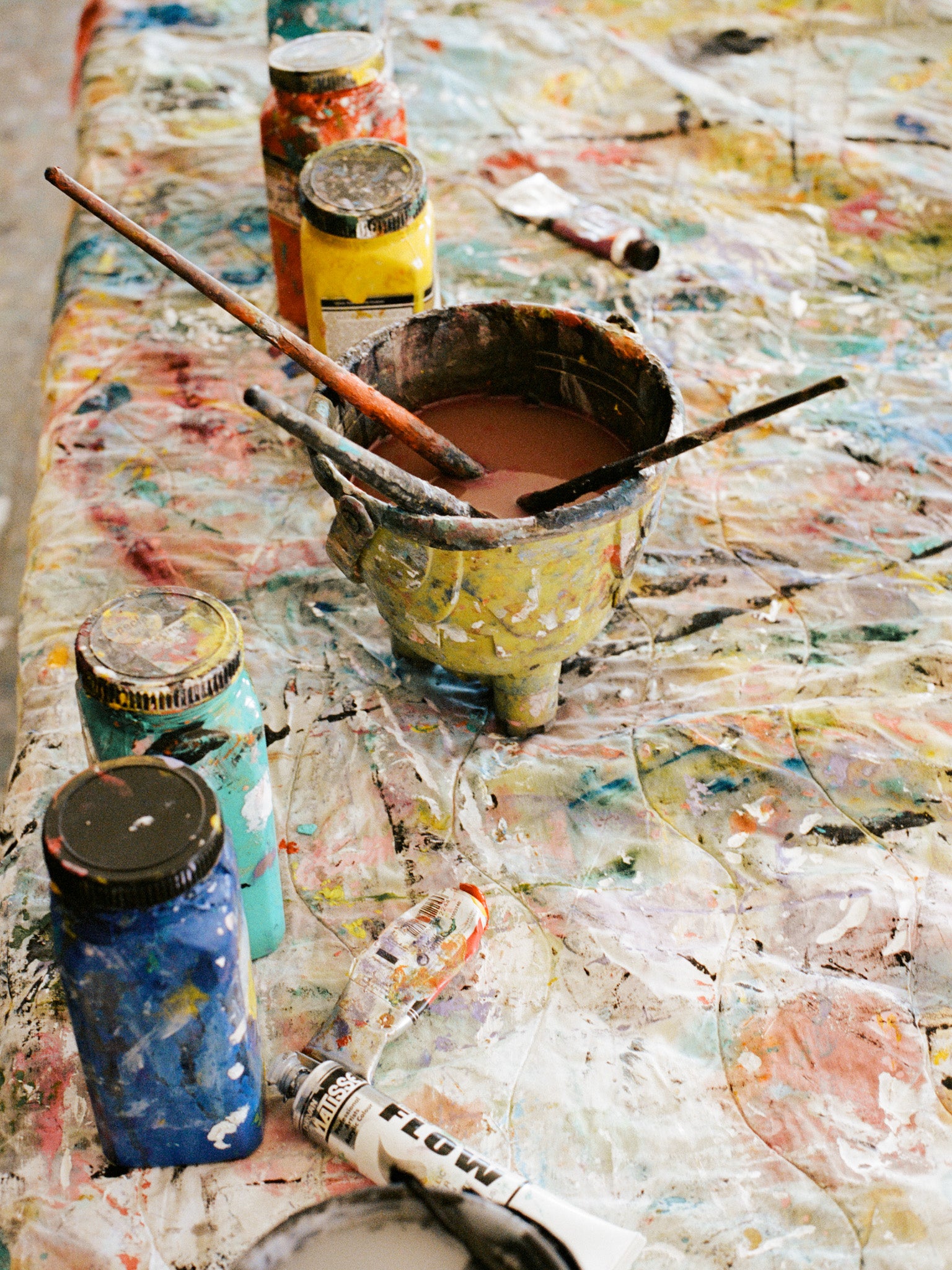
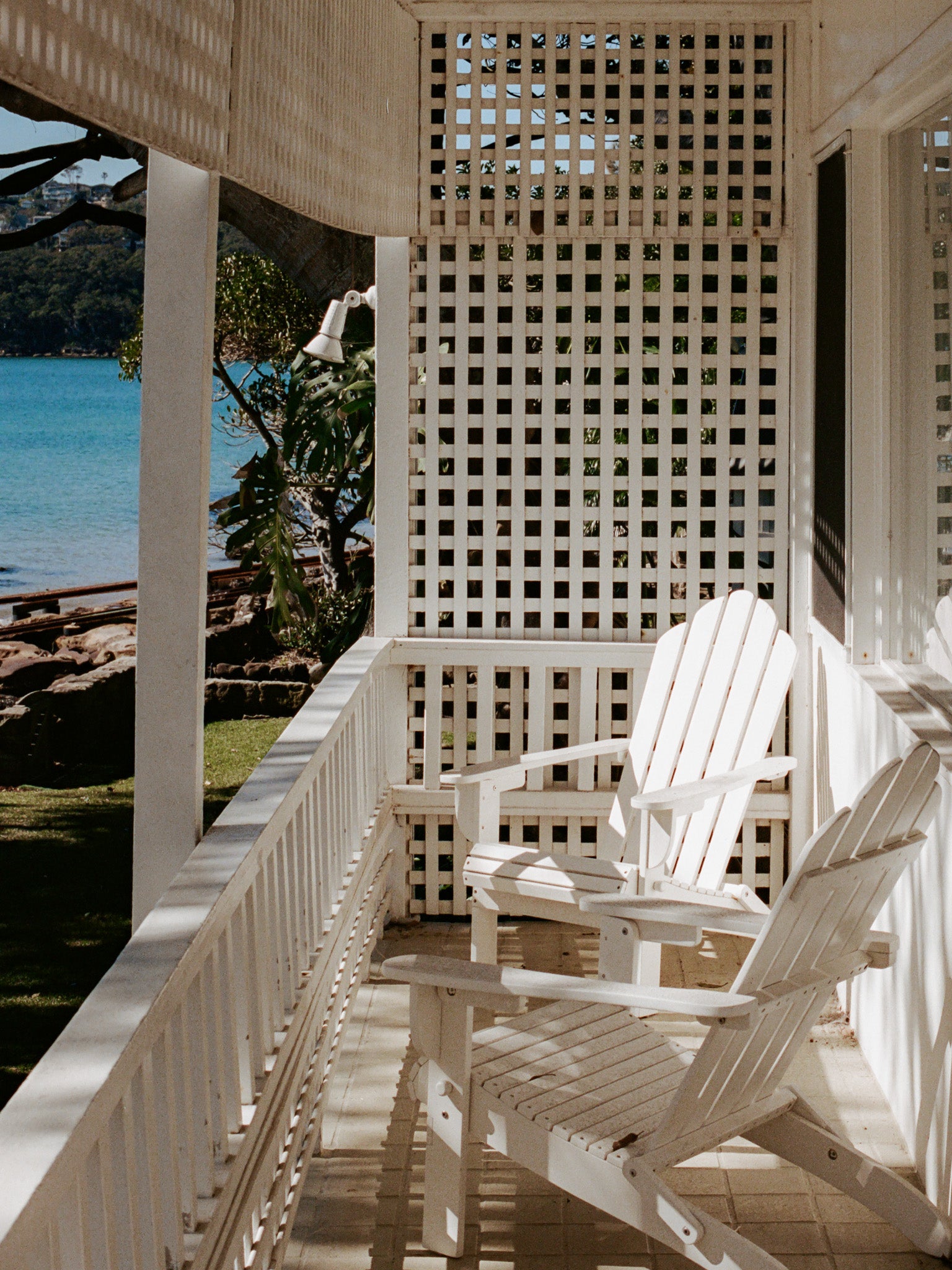
“I’ve still got a pink conch shell from the Bahamas in the 60s - it fills me with great memories of that time..”
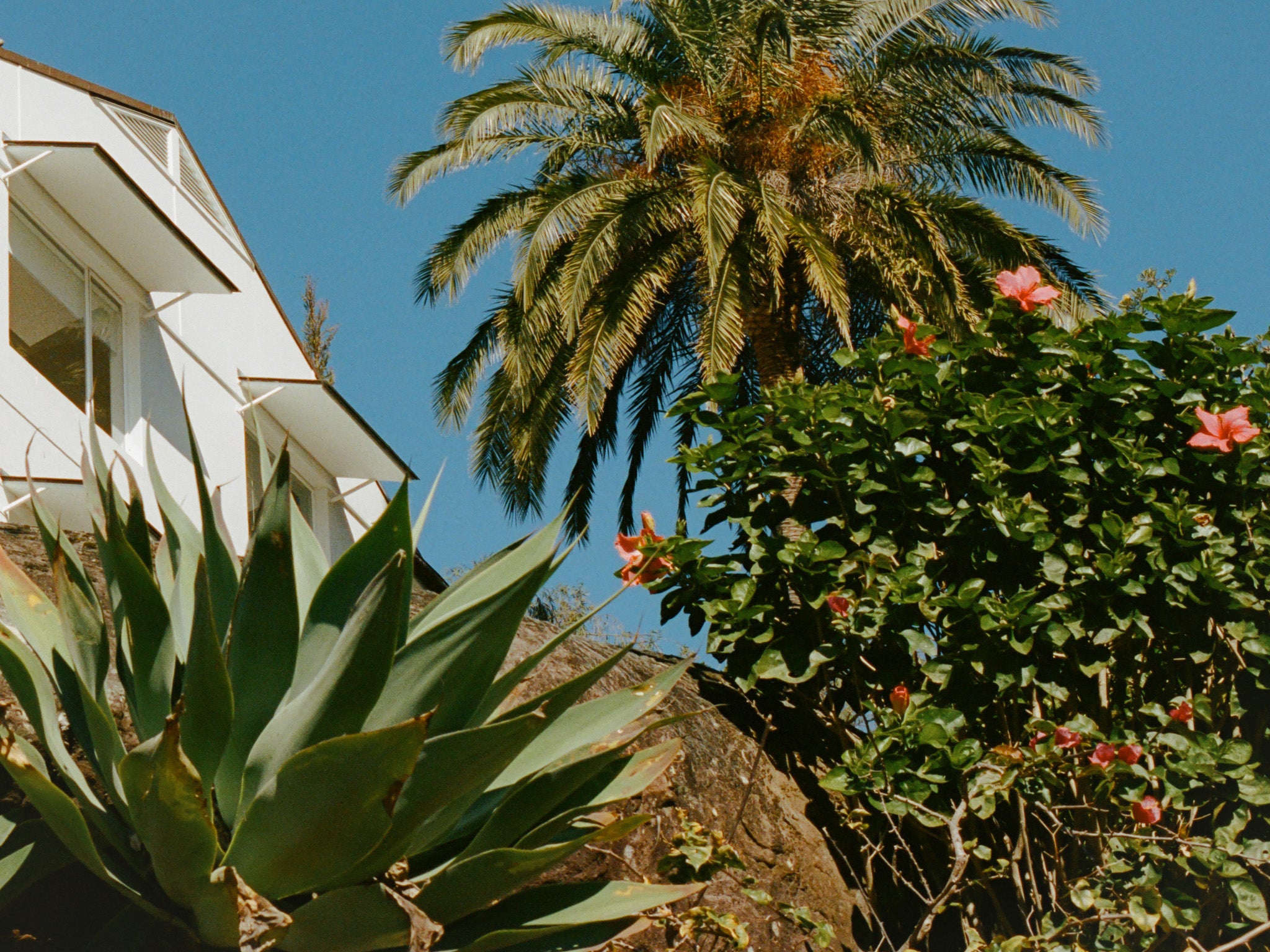
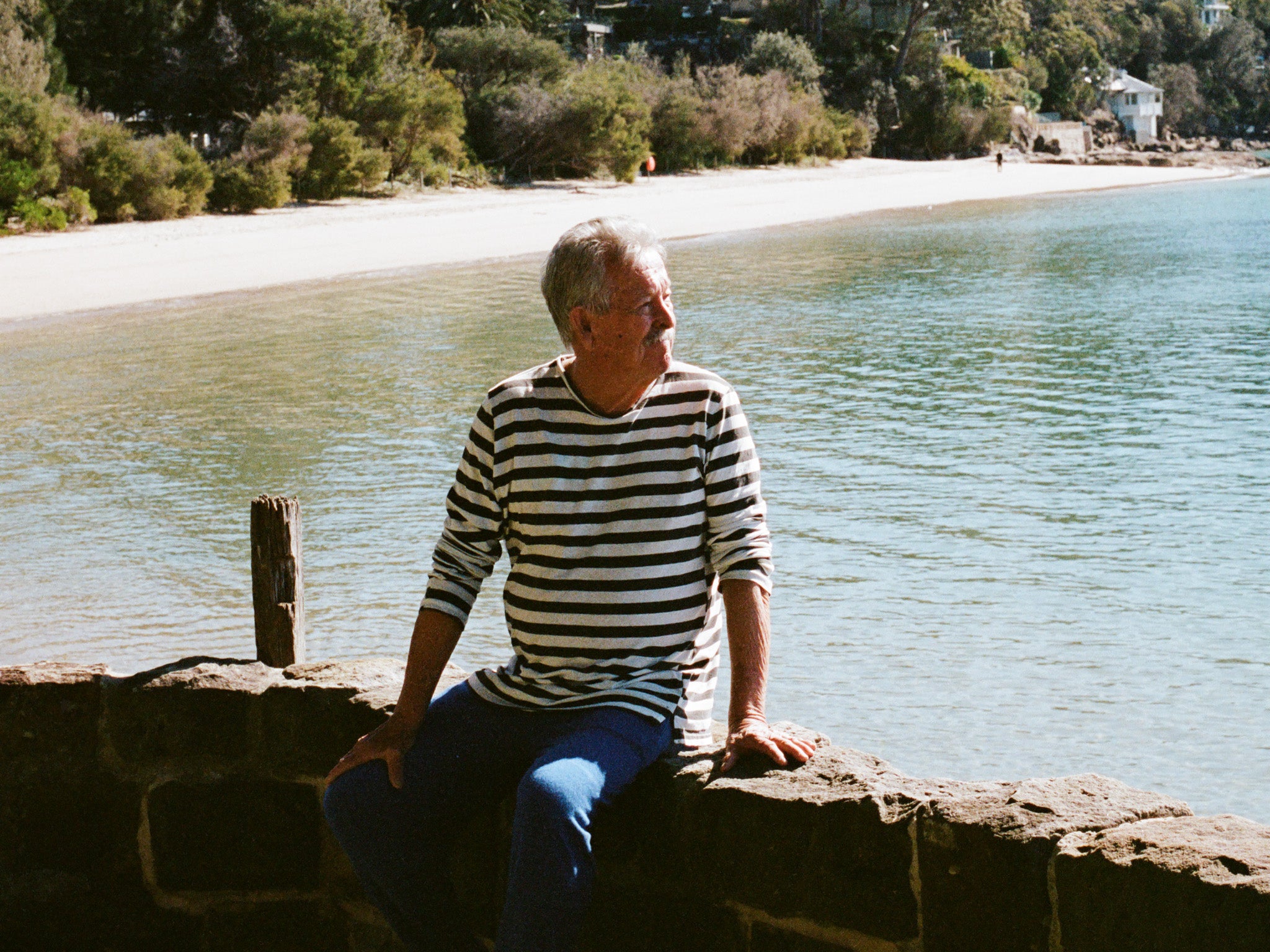
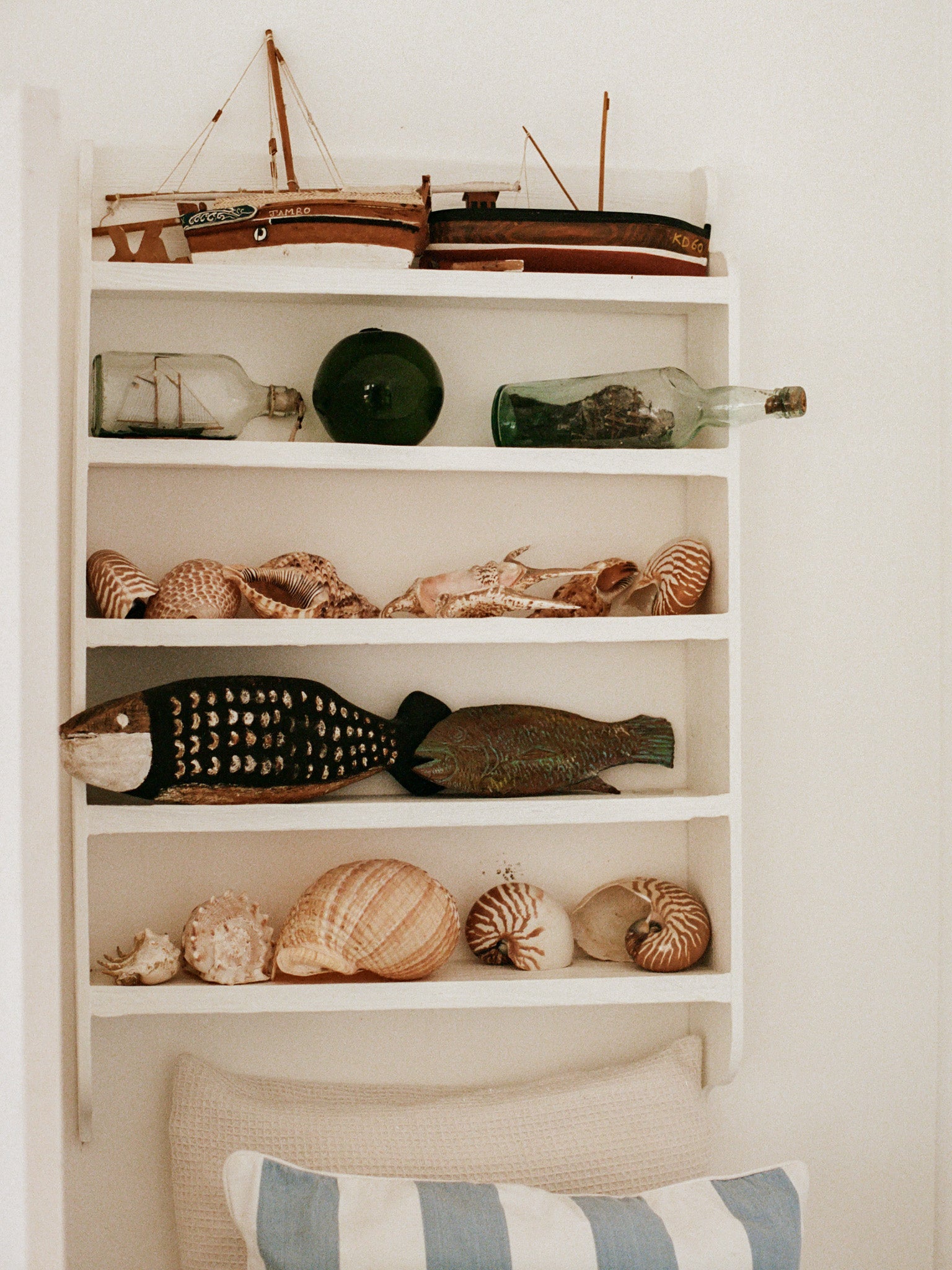
How do you spend your leisure time?
I sometimes play golf but as we live beside the harbour I like to swim every morning with my wife Judy, and read.
In what way is leisure time important for your creativity?
Painting is an extremely intense exercise for me. I give it my all. So I do need a rest now and then.
Is there a project inspired by leisure?
Whenever the opportunity arises, I love to be under the water. It’s a constant source of inspiration and I’ve been able to dive on many reefs around the world. Lots of paintings that I’ve done have come from diving and snorkeling trips.
Do you have any memorable snorkeling experiences?
It’s always exciting when you go underwater. One of the most exciting things is when you see a shark for the first time.
At one stage, my wife and I went out there, and a very big shark was down on the sand below us. My wife and my daughter thought the best thing would be to climb on top of my back so that if anything did happen, it would come for me first. I am not frightened of sharks. They’re absolutely beautiful animals and need to be protected, but it’s a character building thing. As a young Australian, it’s a character building thing when you see your first shark.
I’ve had the great privilege of snorkelling and diving in lots of places in the world. I’m quite happy just to snorkel around. The light in the first few meters is always so terrific, so it’s not necessary to go too deep. It’s just necessary to use your eyes to look closely at things.
Sometimes I go for a dive, come up, and then draw straight away what was left in my head. Lionfish, for example, are very, very beautiful. They’re like feathers. They are very beautiful, but also very dangerous, and if you touch them, it’s a frighteningly painful sting. I couldn’t help but touch one. It’s just like you see something so beautiful you have to touch it. You only need to do it once. I’ll never do it again.
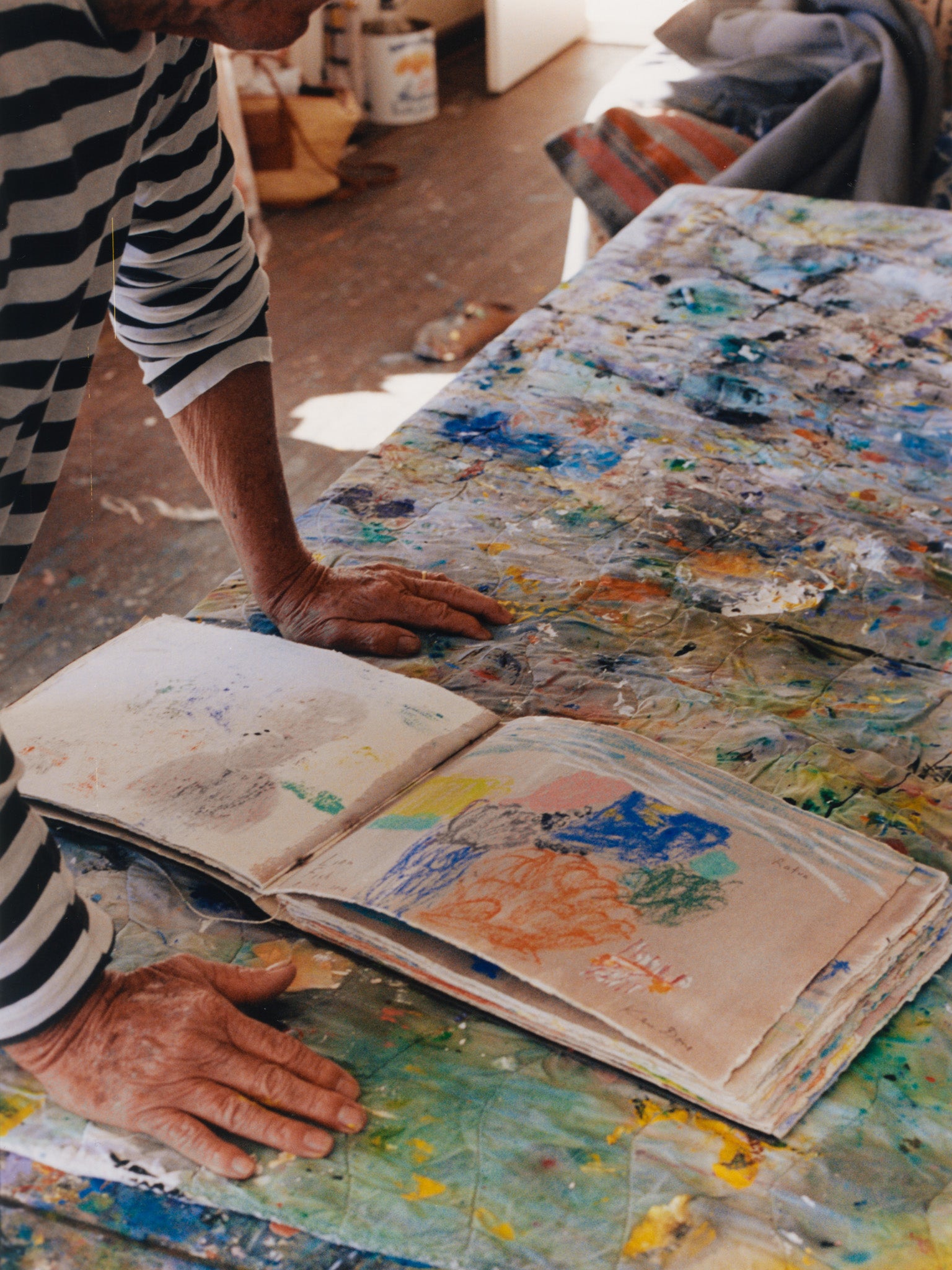
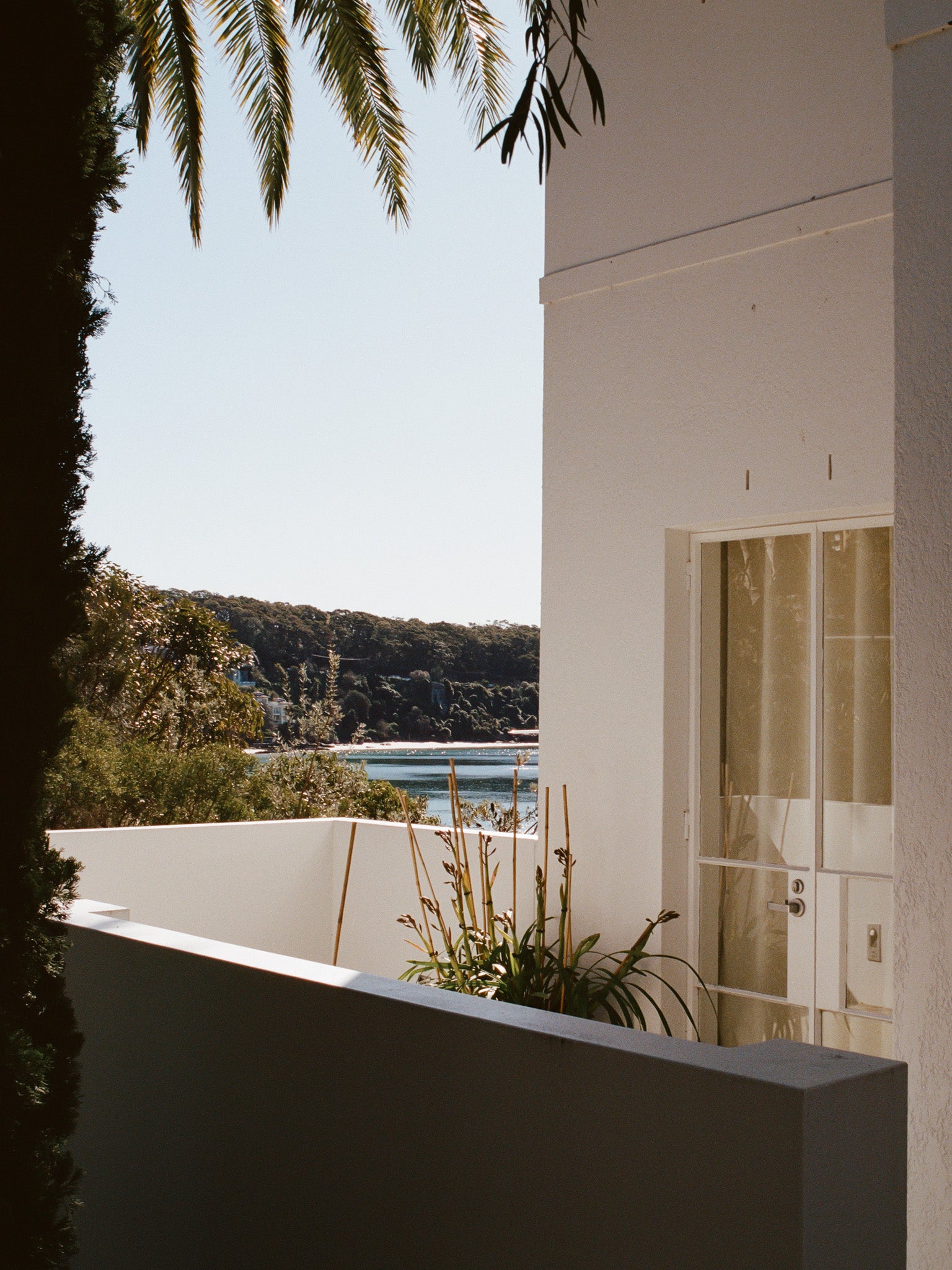
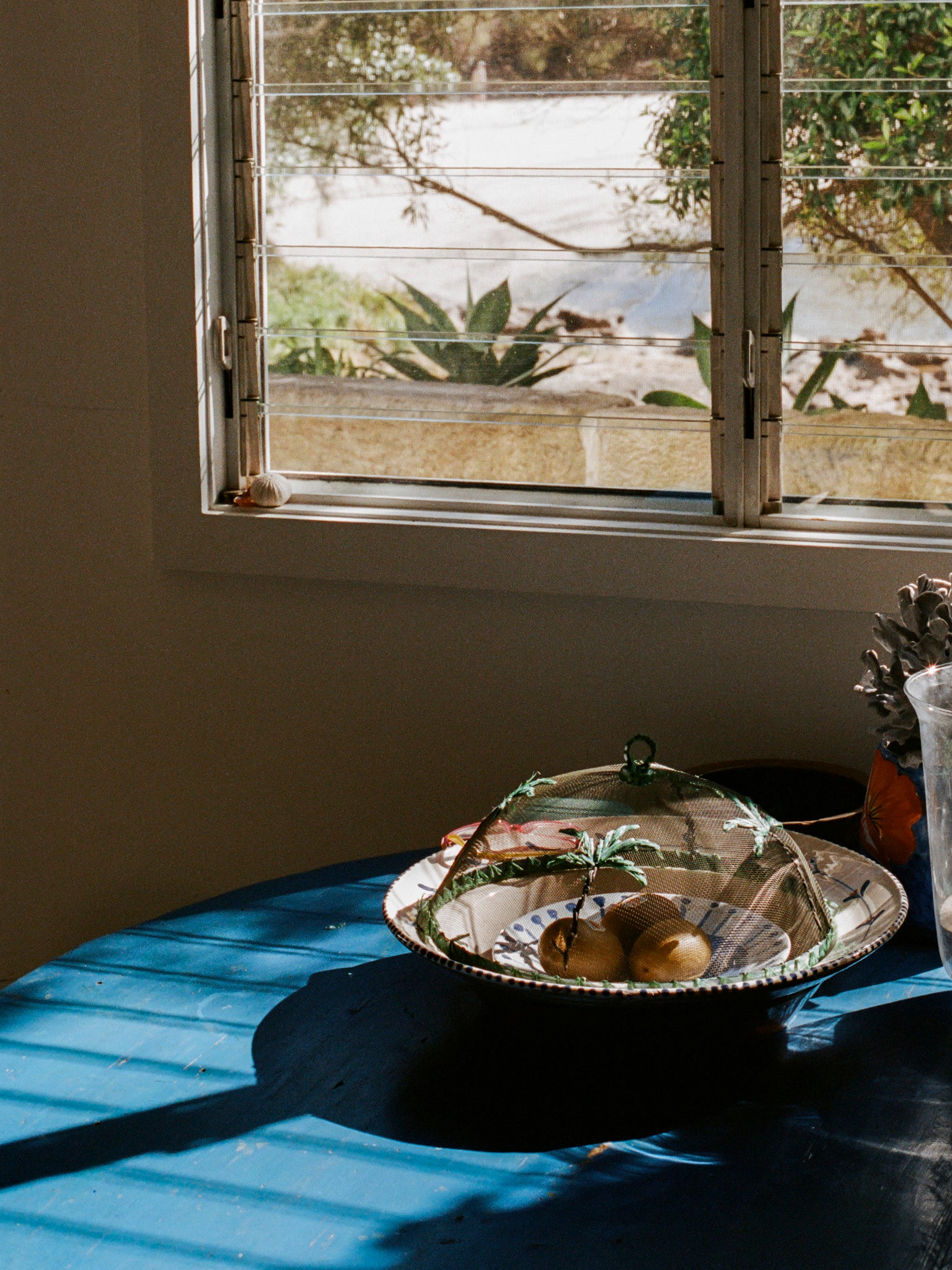
What's your favourite leisurely destination?
We love to travel and have seen so much of the world, from the crisp mountain air of Switzerland to steaming hot days in the tropics. They’re all great, but we probably have been to Fiji more than any other destination.
There’s one particular island in Fiji, a very small island called Toberua, that we’ve been more than 30 times. Sometimes we’d go there two or three times a year. Over time we became very close with the people who worked on the island, who came from a little village opposite. We became immersed in visiting the village, the school, and joining in with everything happening on the island itself. We still go to Fiji, though lately we’ve been trying bigger islands — not more glamorous, but more clamorous (so to speak) — just different kinds of places. Toberua is out of Suva, on the east side. Very small, very beautiful.
Have you ever travelled to a place that completely exceeded your expectations?
The Antarctic. A vast wilderness that is a thrilling experience to be immersed in. I was surprised by the amount of colour that can be found in what is ostensibly a white and icy landscape.
Dream hotel you’ve stayed at? What made it special?
We’ve always loved Raffles in Singapore. It has a taste and style that is a joy to experience each time.
Sunrise, midday or sunset?
Sunrise. An early morning swim, every day of the year.
Most treasured souvenir from travels in your home?
I’ve still got a pink conch shell from a film we made in the Bahamas in the 60s. It’s a beautiful object and it fills me with great memories of that time.
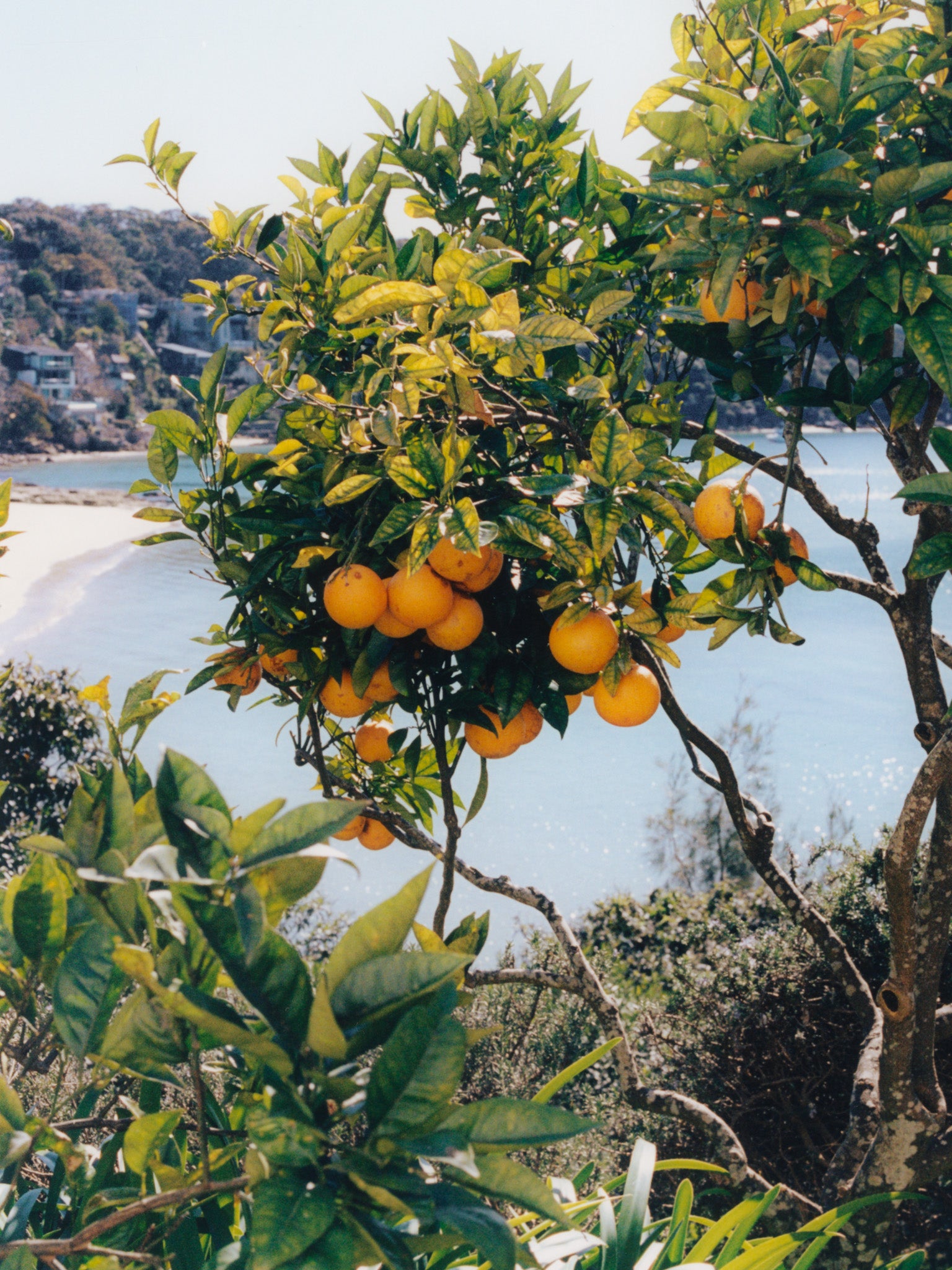
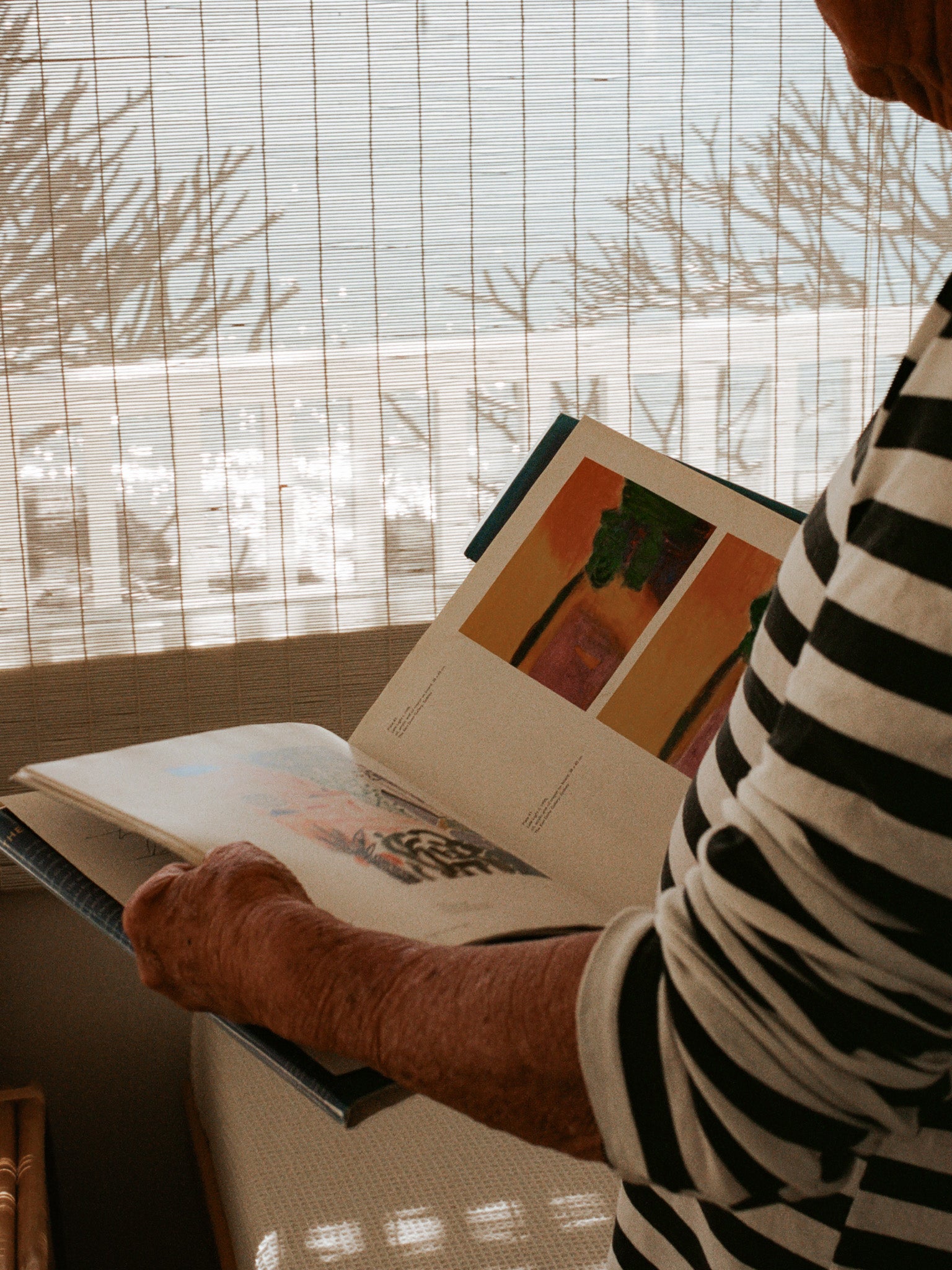
Where do you turn when you're feeling creatively blocked or uninspired?
Switch on the telly, go into neutral, step away for a bit.
Is there a piece of your own work that holds particular significance for you?
We have kept a number of works over the years. They either mark a point of new understanding or a significant change of direction.
Congratulations on your beautiful 'Poems from Home' book! What made you want to create this book?
Thank you. It was great to write the poems for the book. I’ve always been interested in poetry, especially Japanese haiku poetry. My poems don’t follow any strict formula; they are as much personal thoughts as anything else.
What do books mean to you, what makes you buy them and how do they inspire you creatively?
My studio is full of books — mostly on art, books to look at rather than to read. However, I am a voracious reader and I love to immerse myself in a good story.
“If there’s any mantra, it should be: No Rules.”
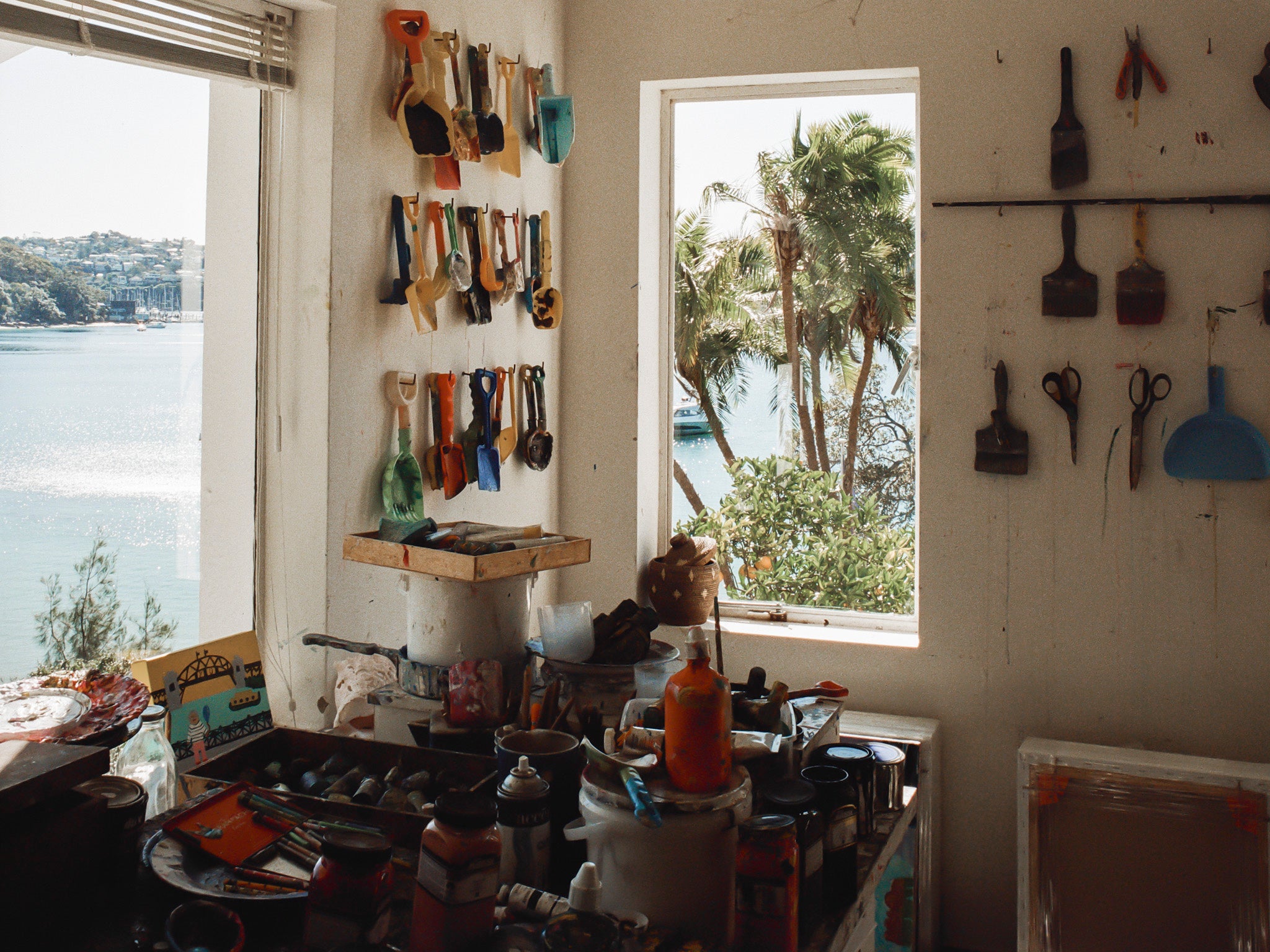
If you could have a super power while traveling what would it be?
It’s always a more pleasurable experience if you turn left — to business or first class — when you get on the plane. I think that’s pretty super.
If you could spend a day with any artist or creative person, who would it be and why?
Matisse, one of the greatest colourists of all time.
What is magique for you?
Waking up and living in Sydney, Australia.
What does photography mean for you?
Photography is an instant in time, whereas good art is timeless.
Shop Ken's Favorites


